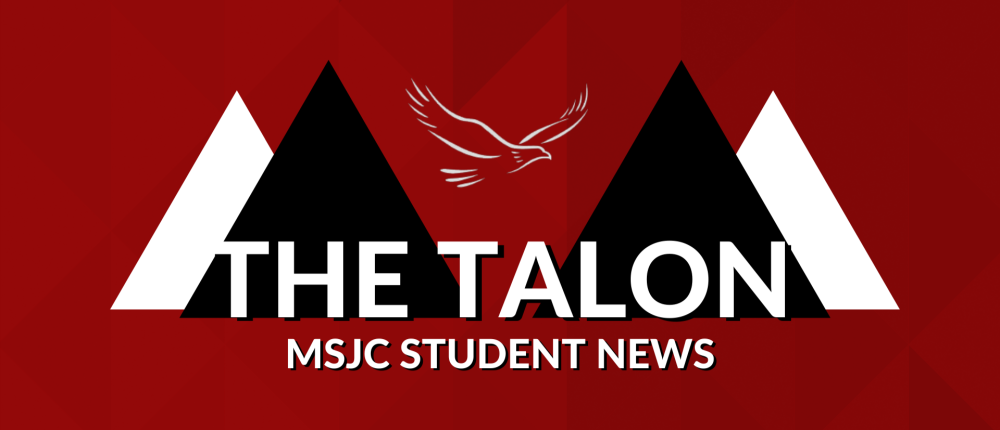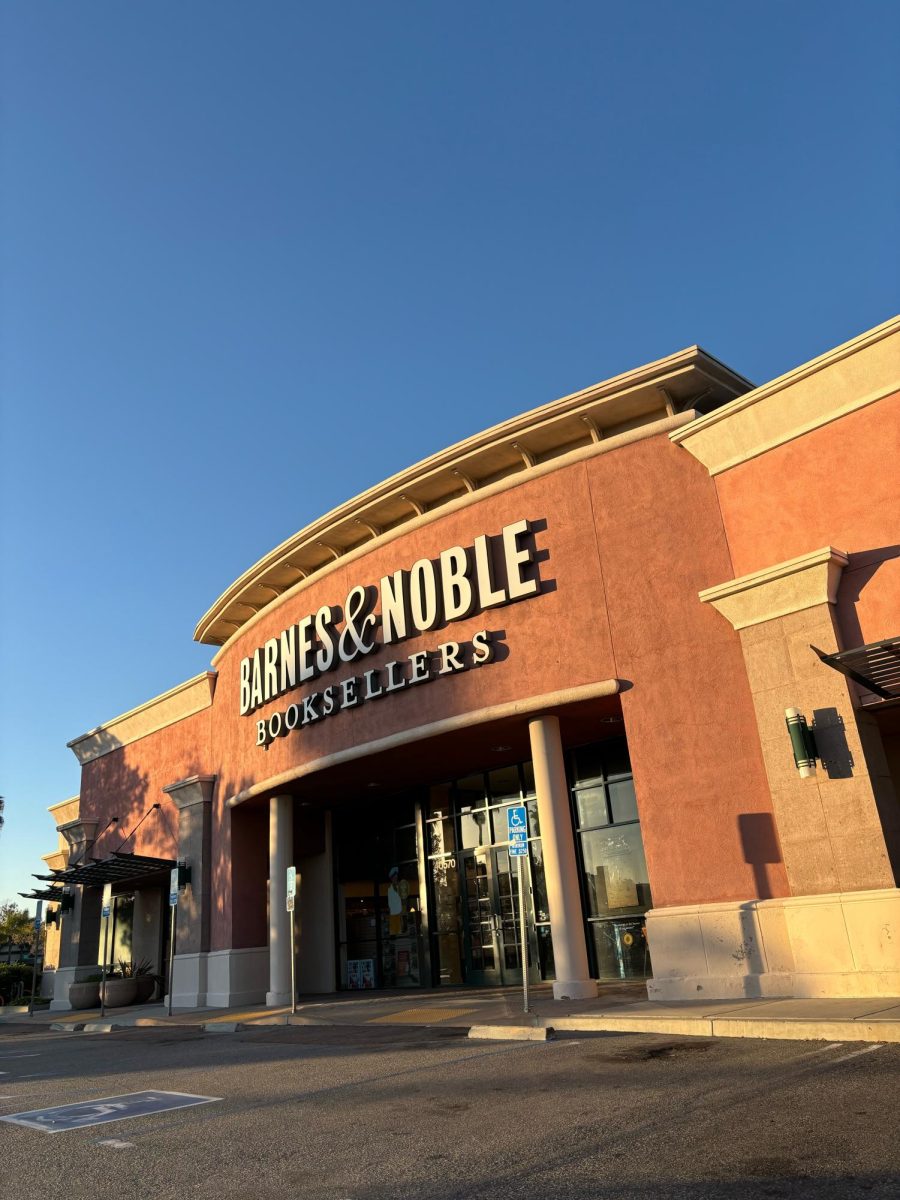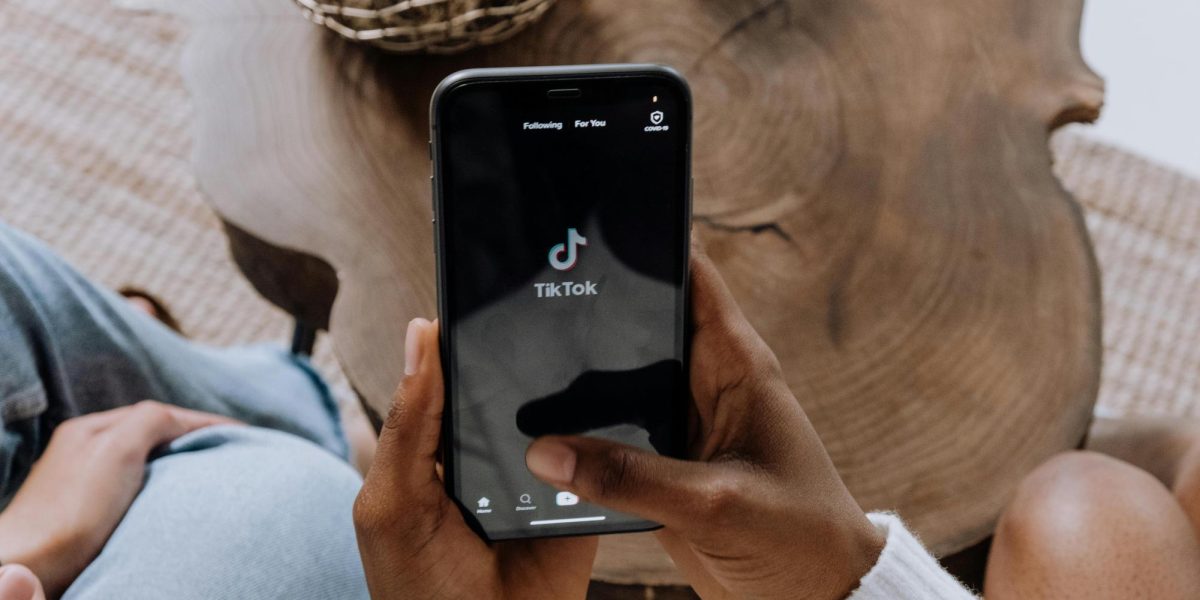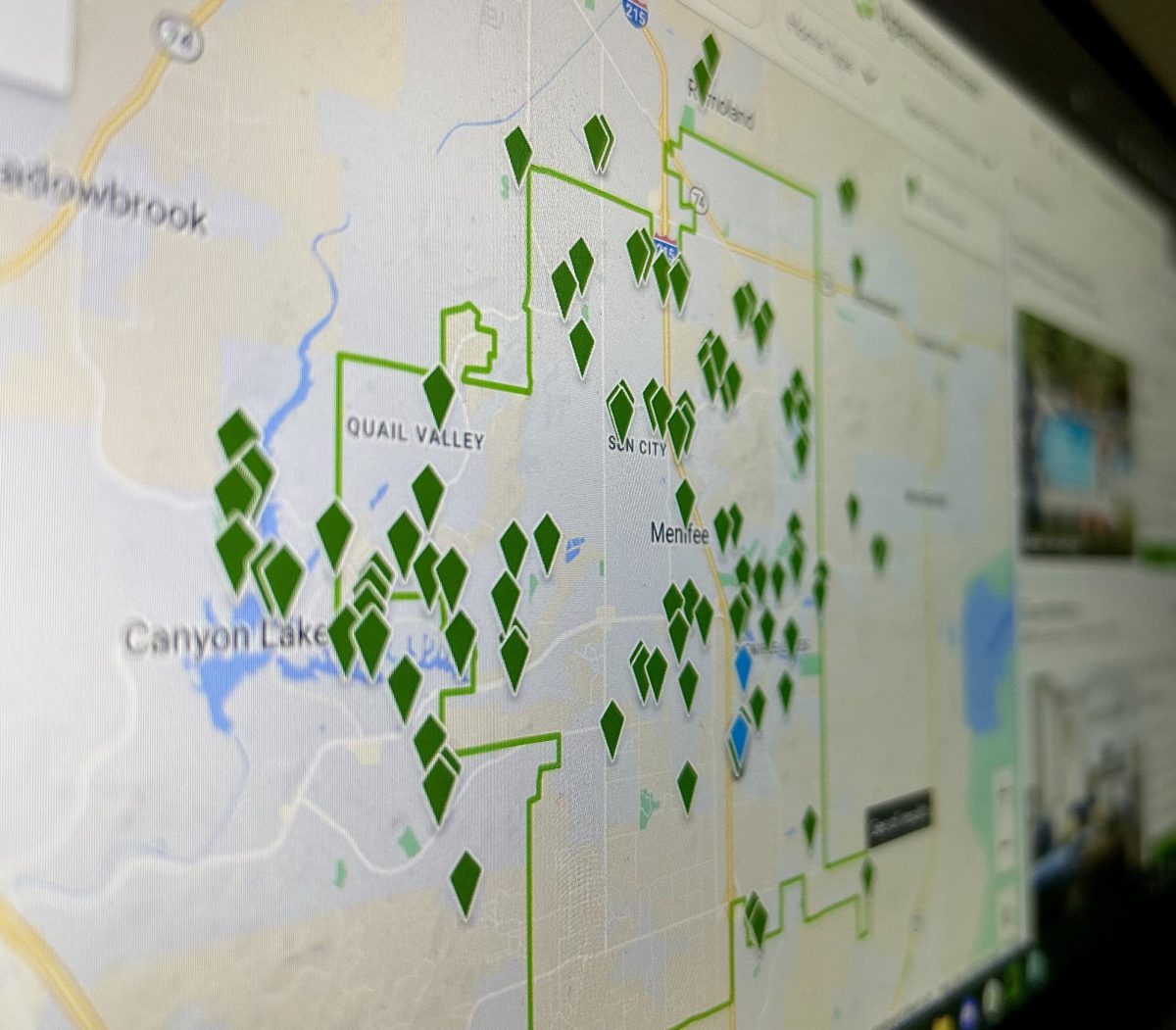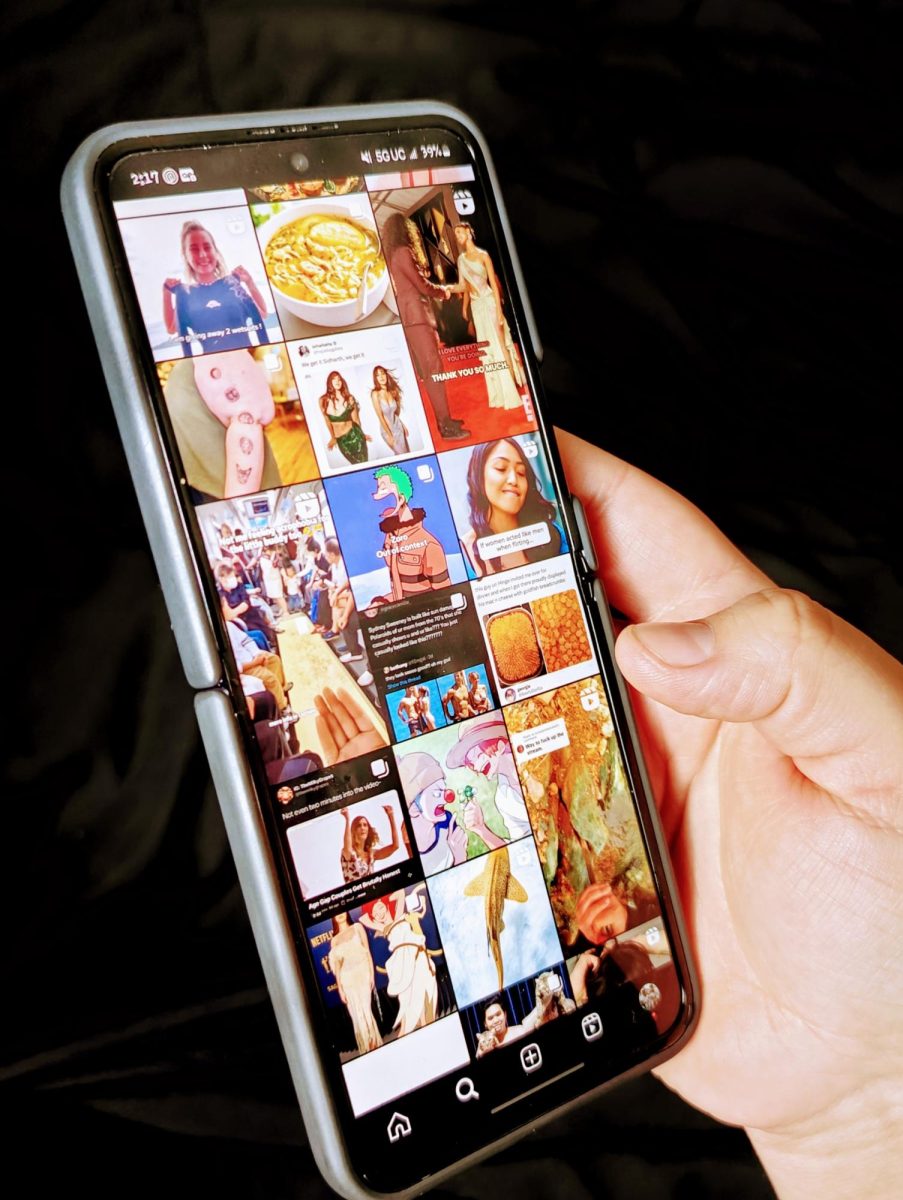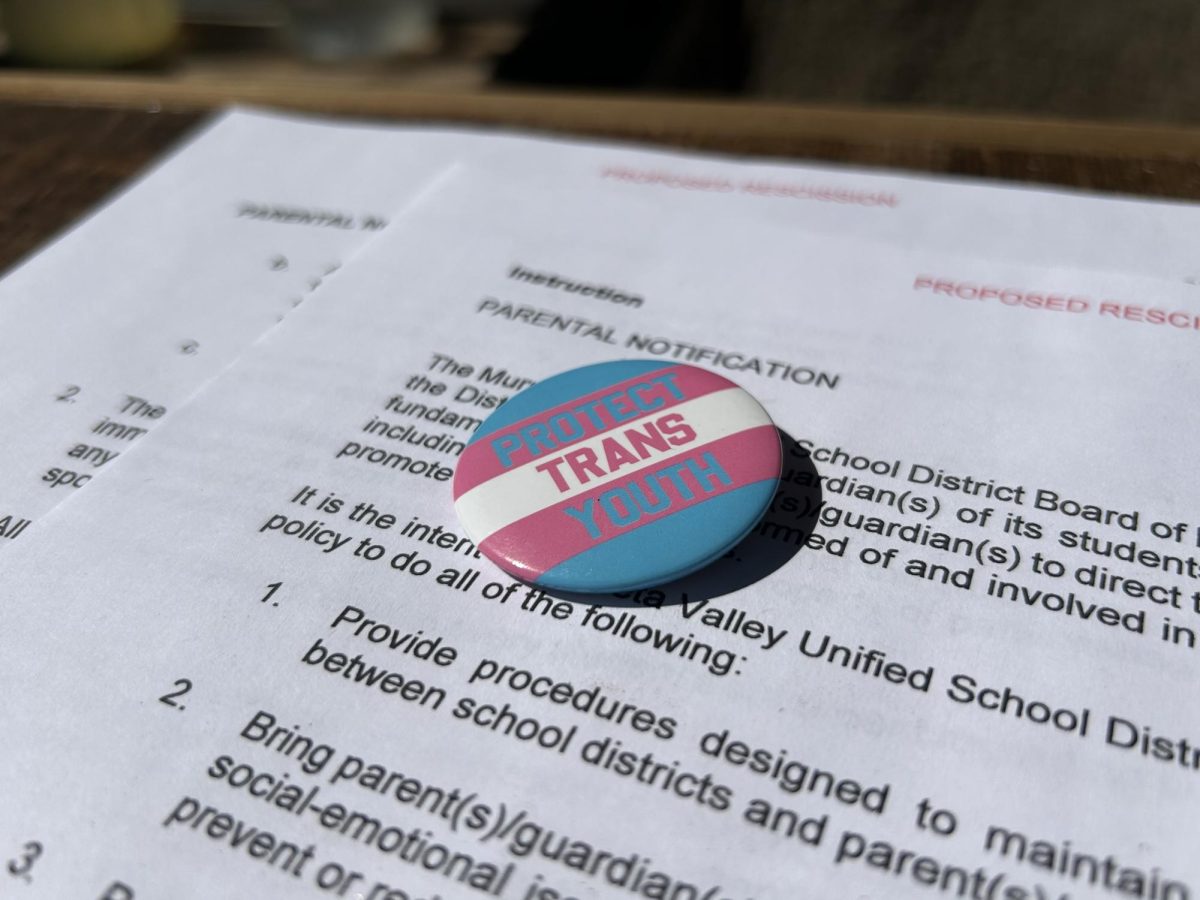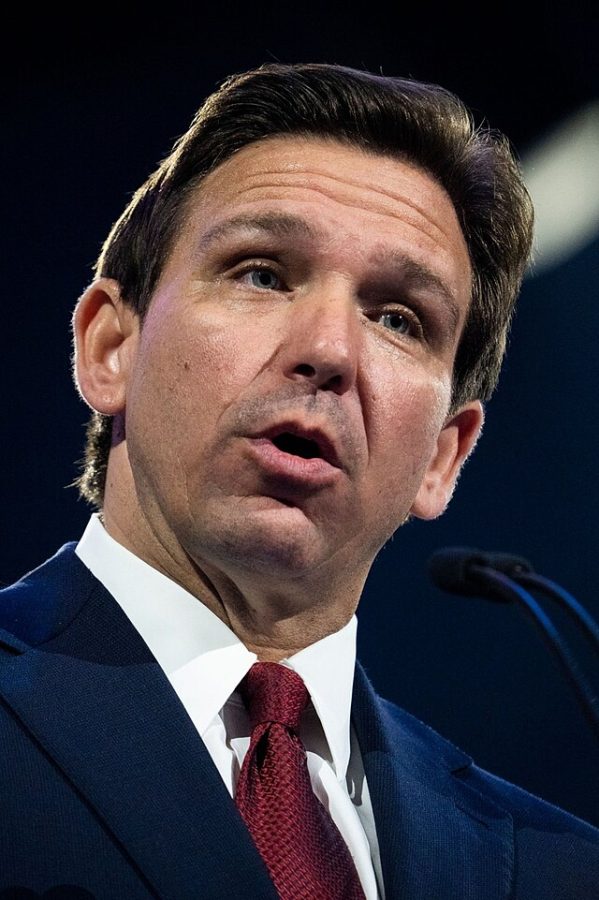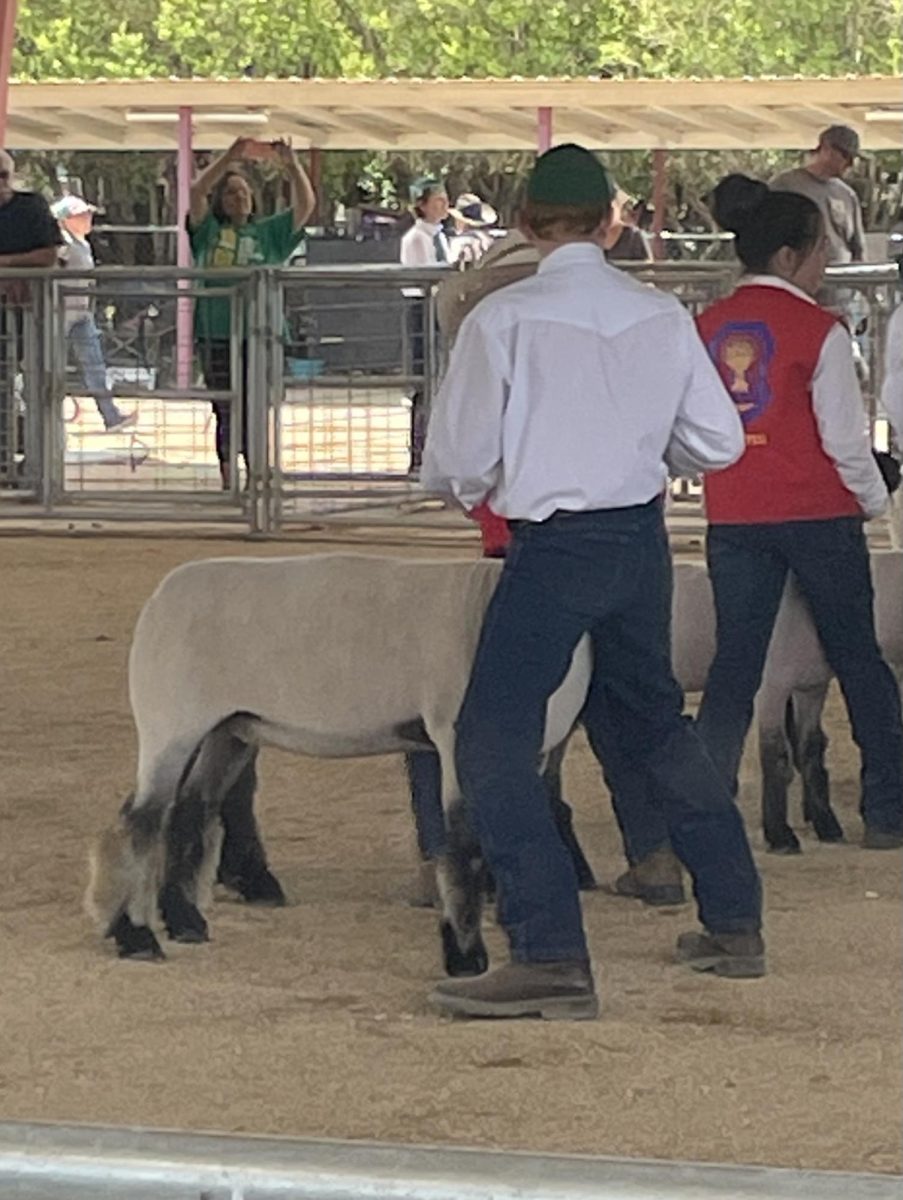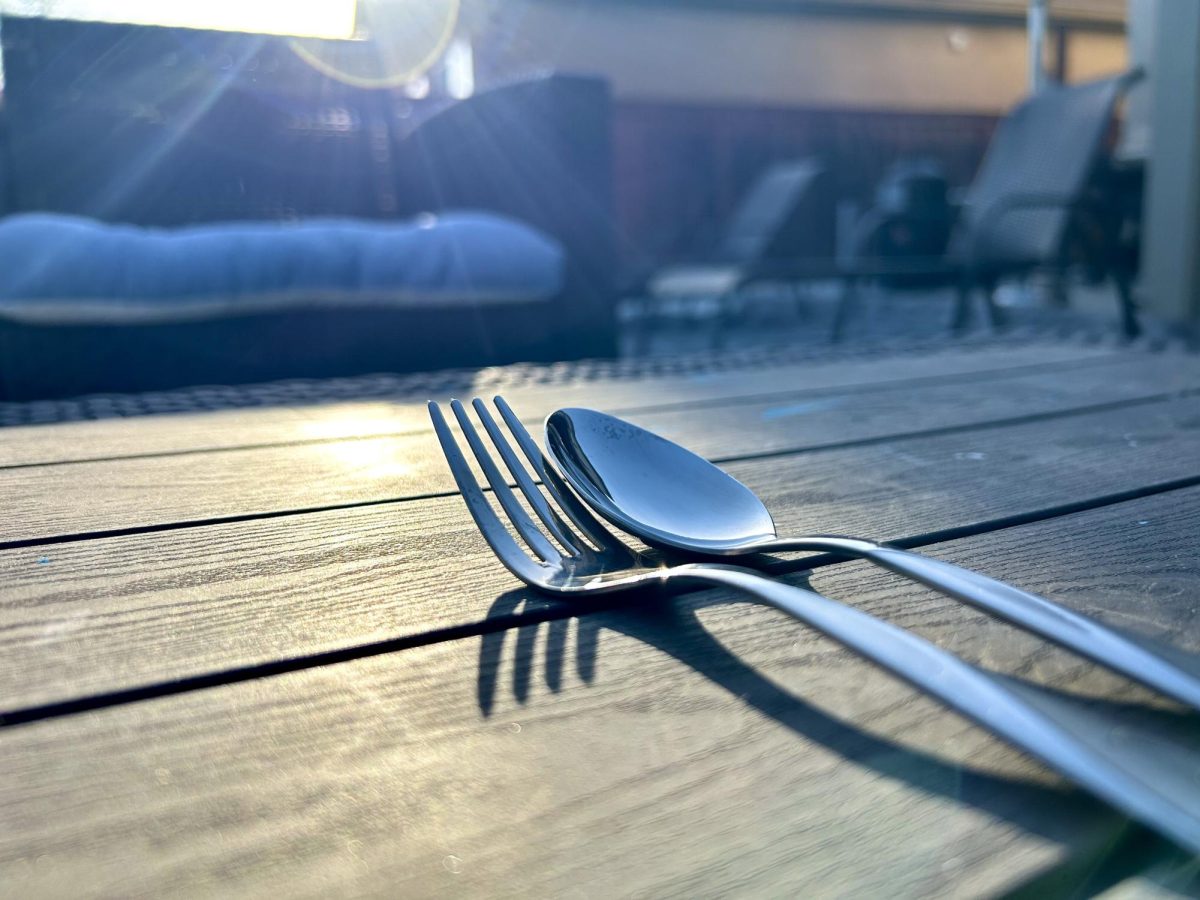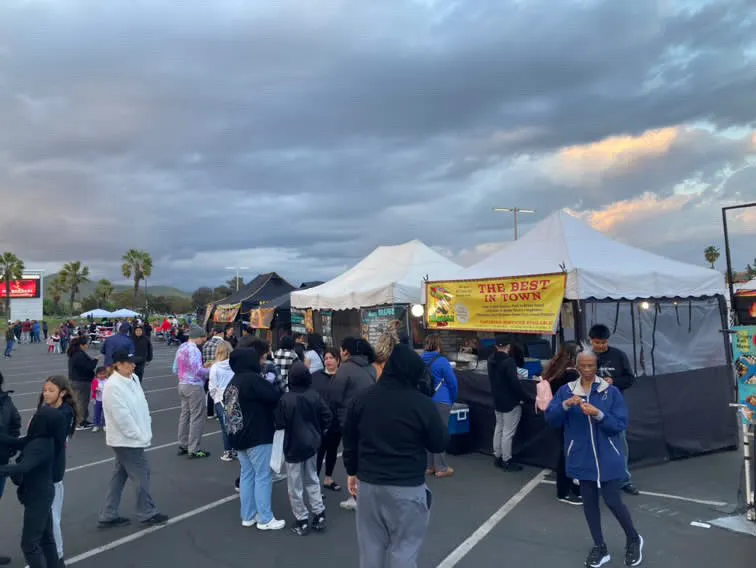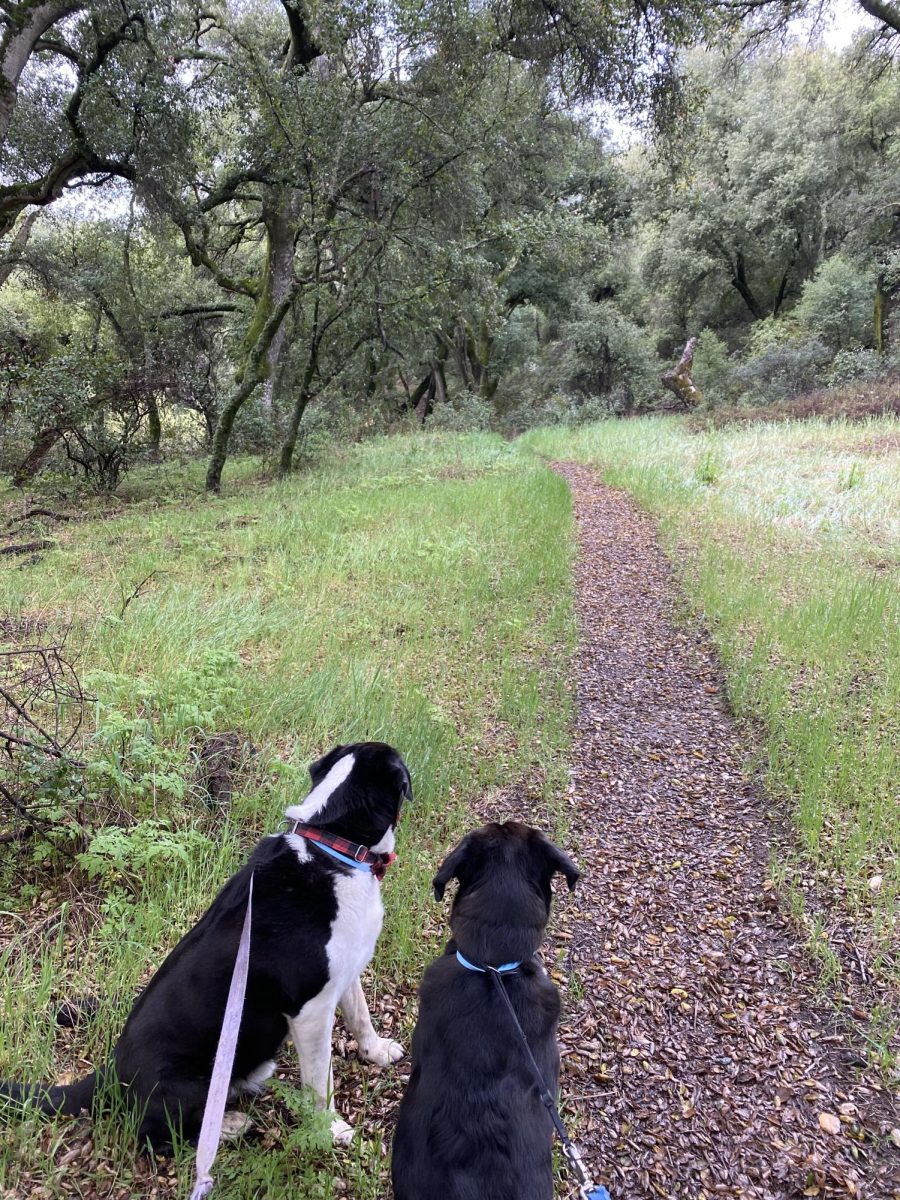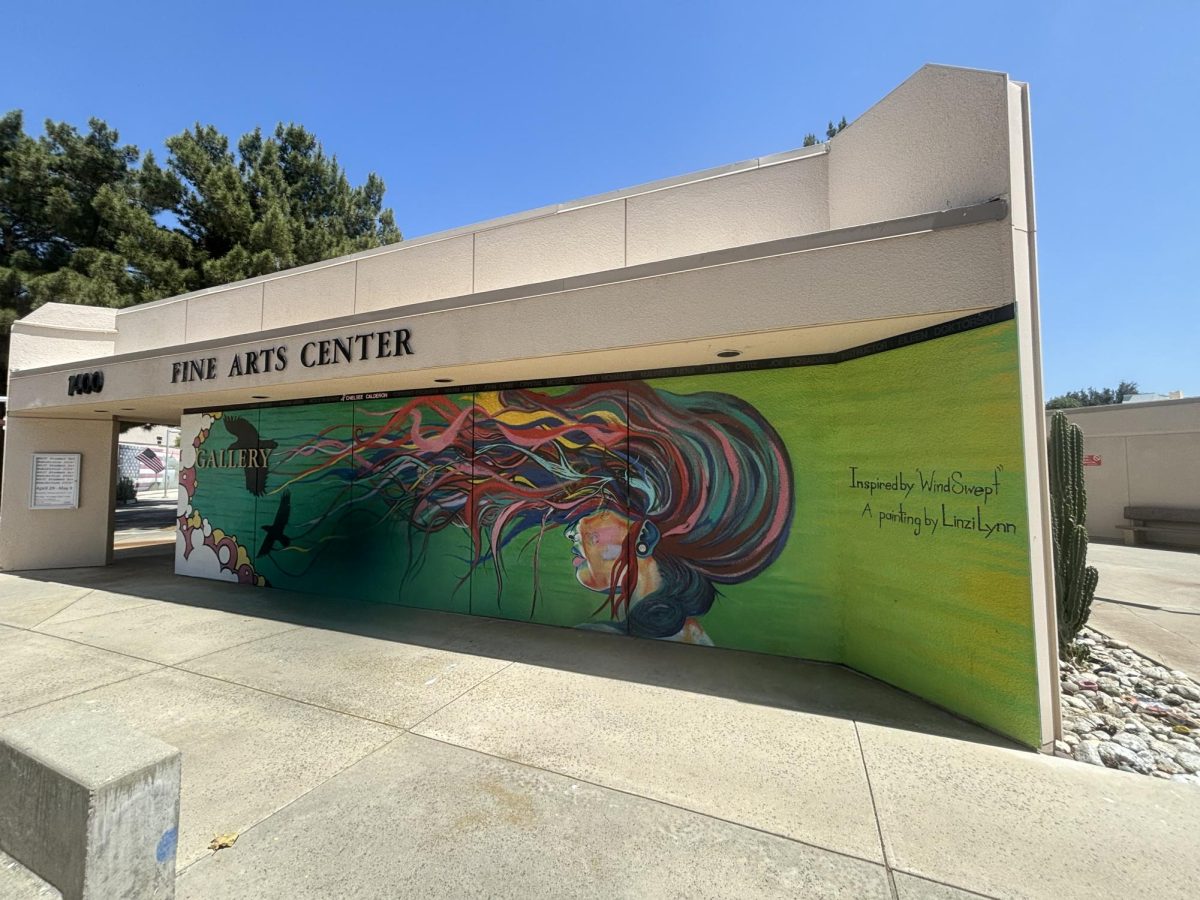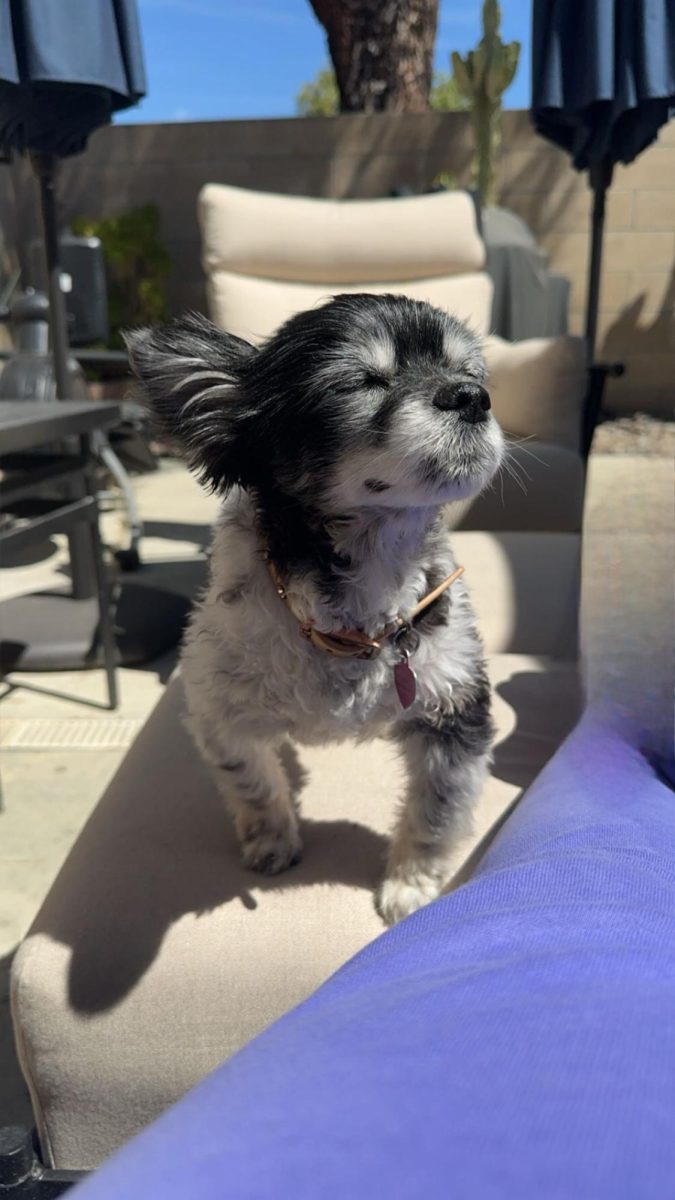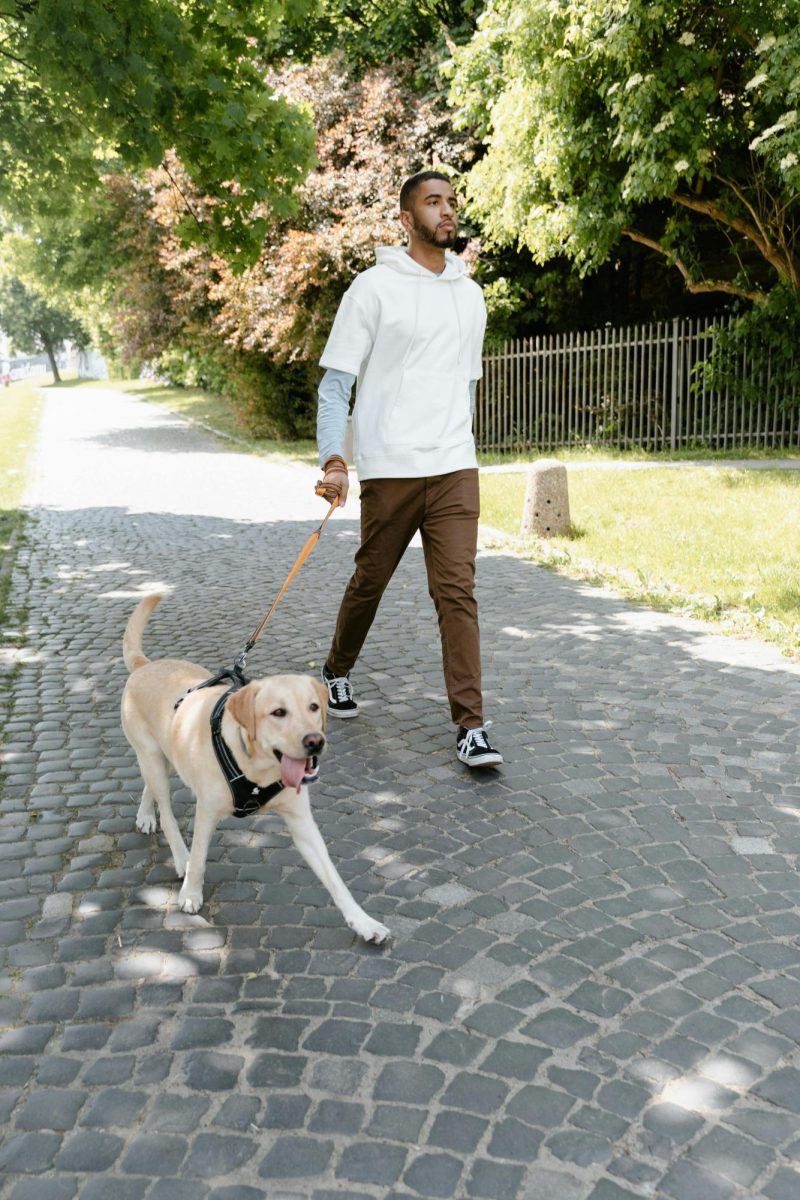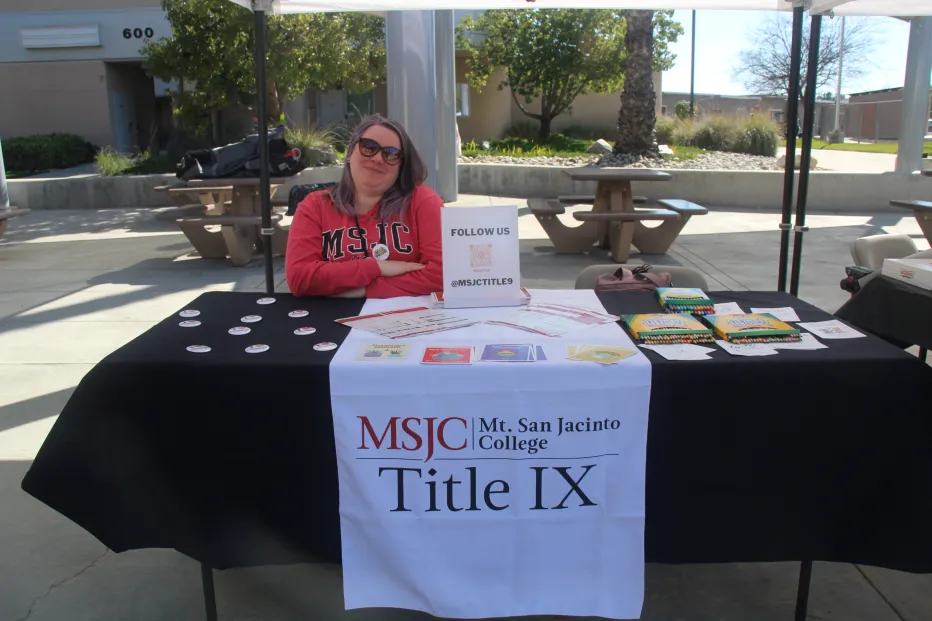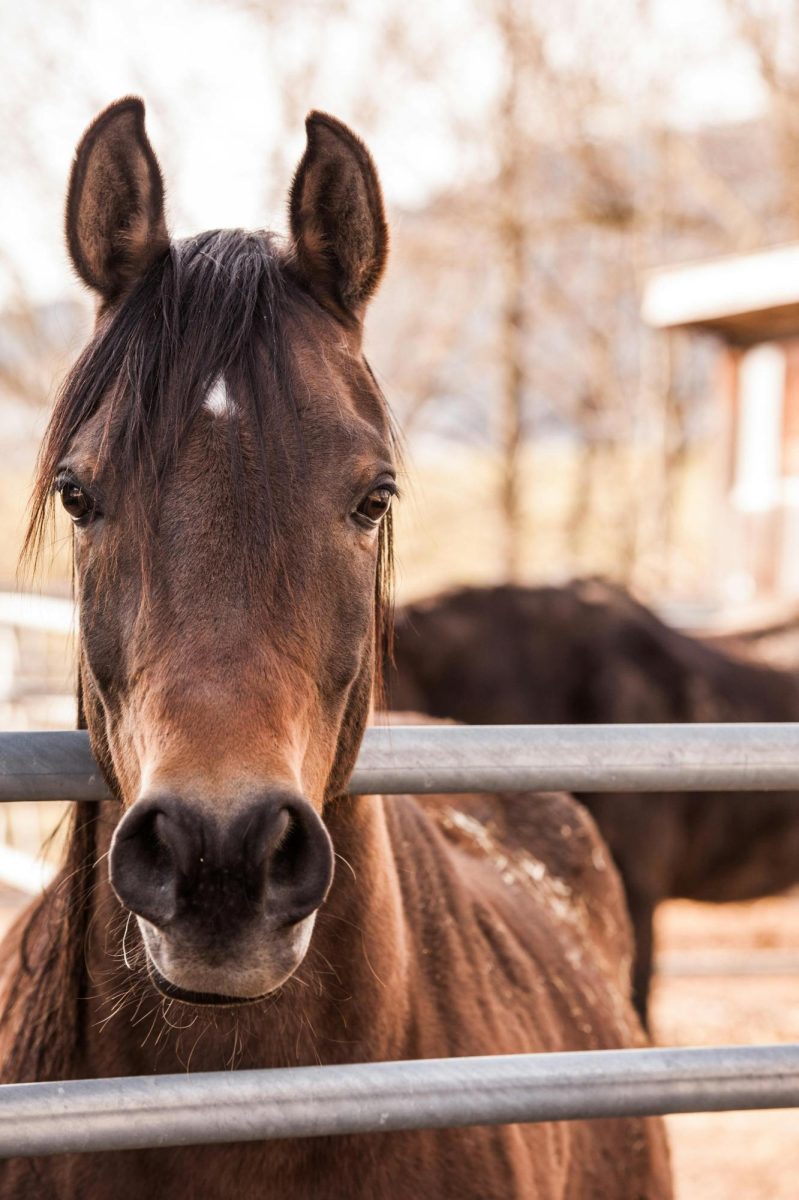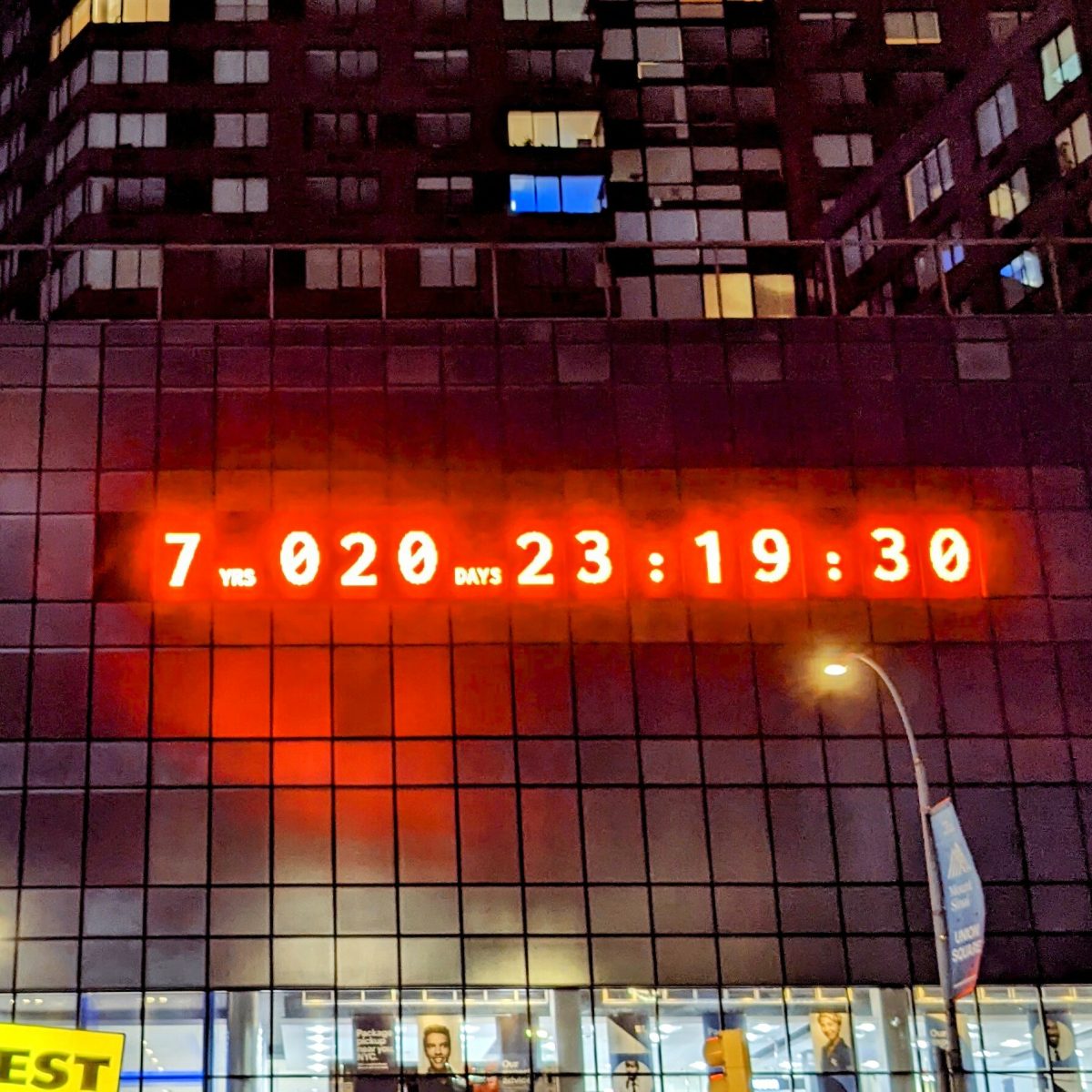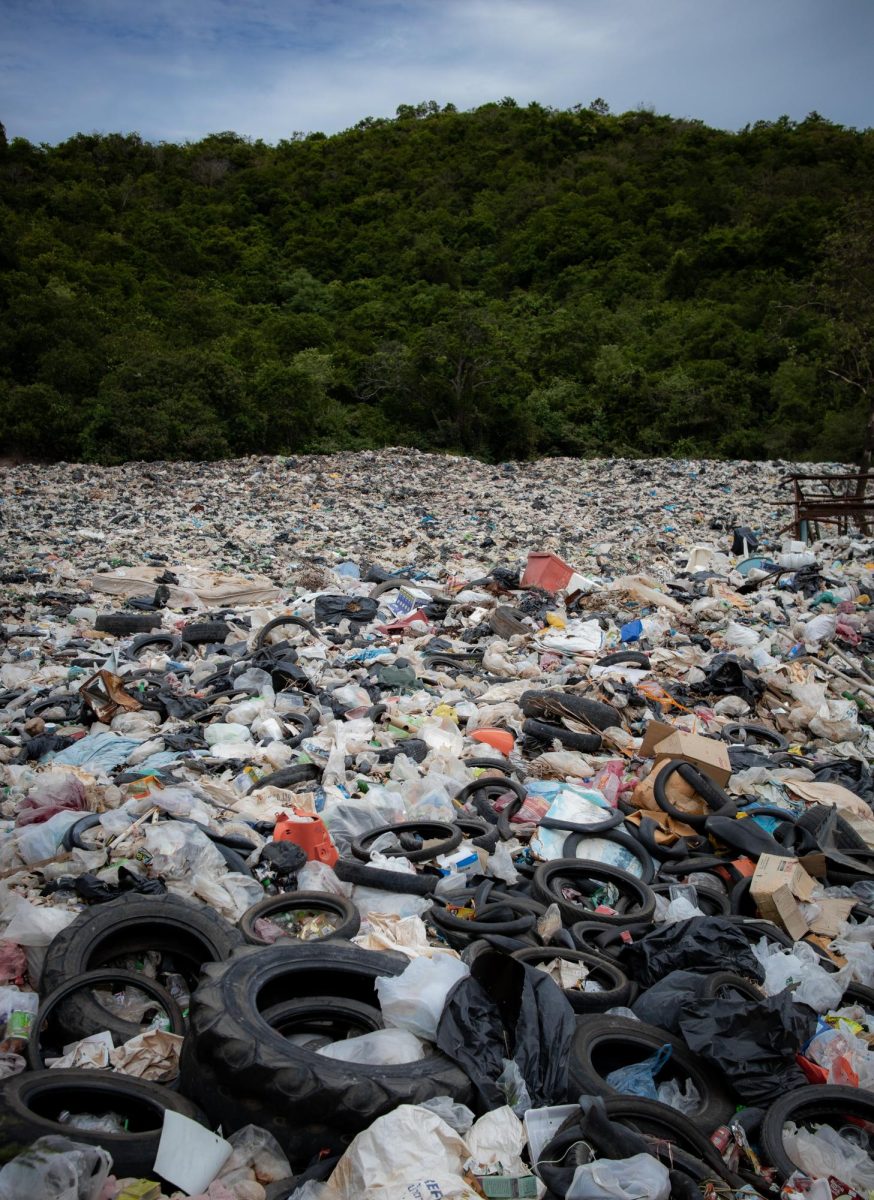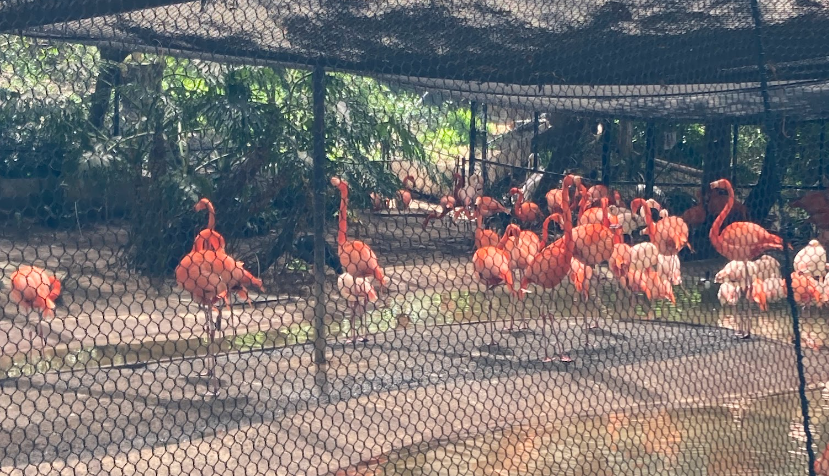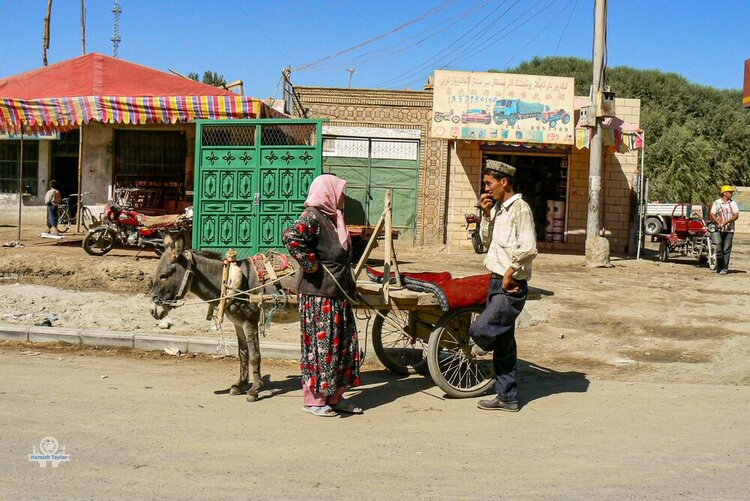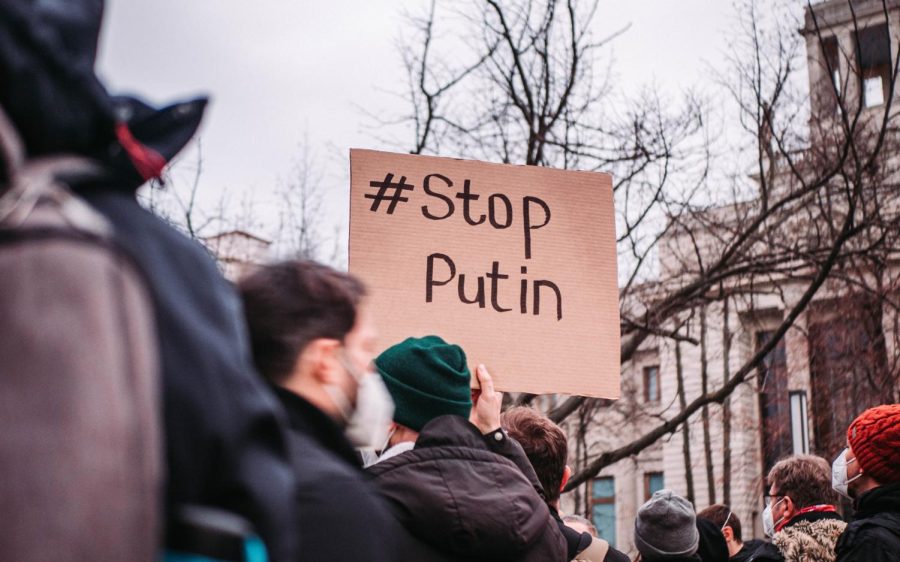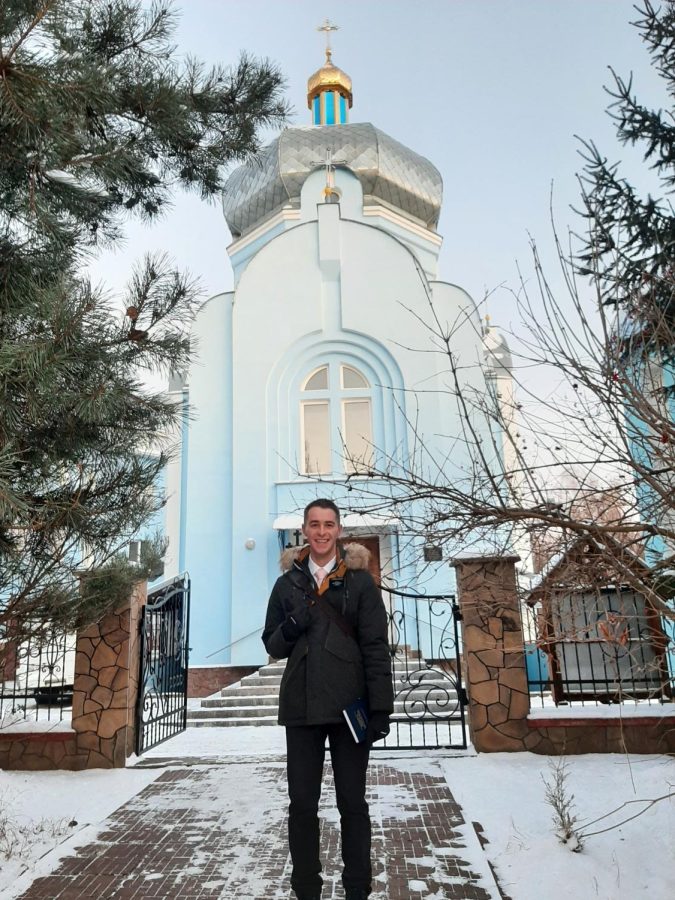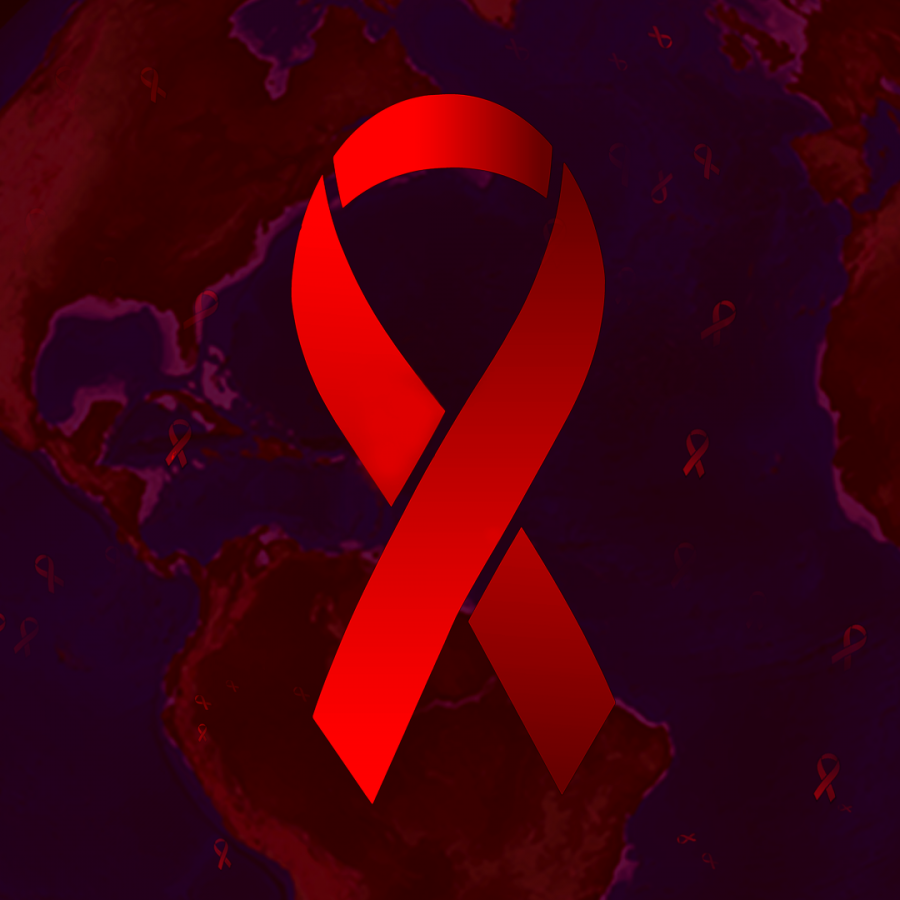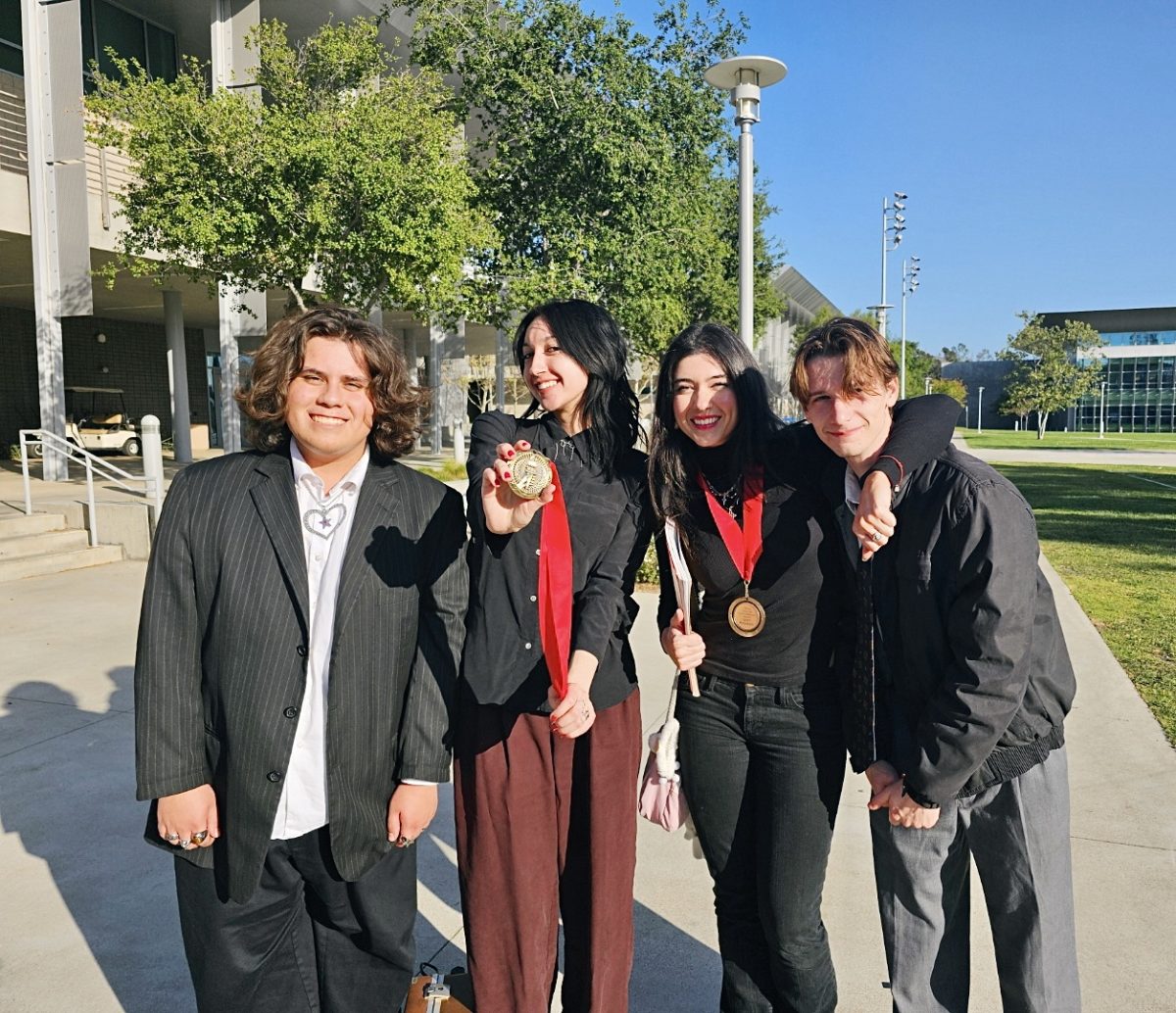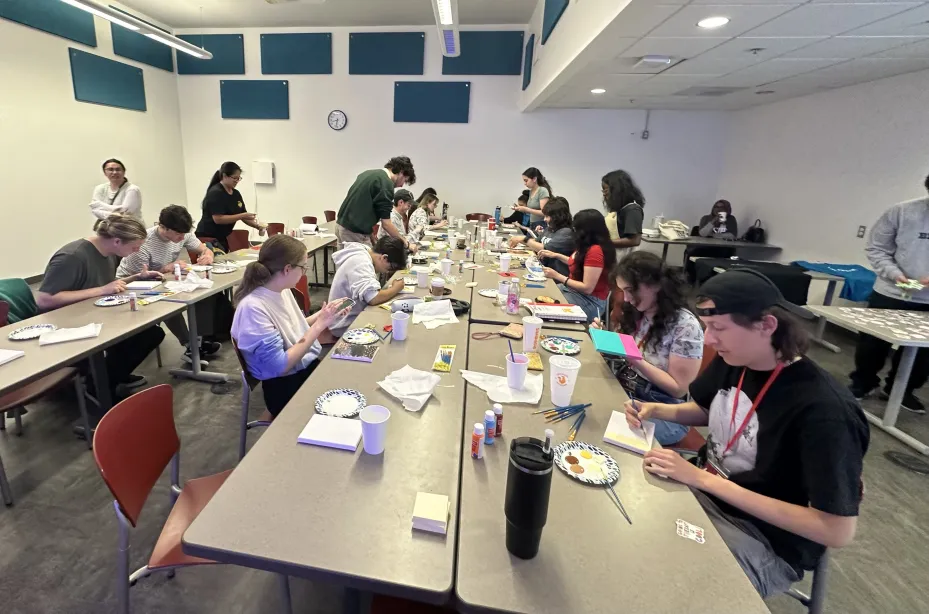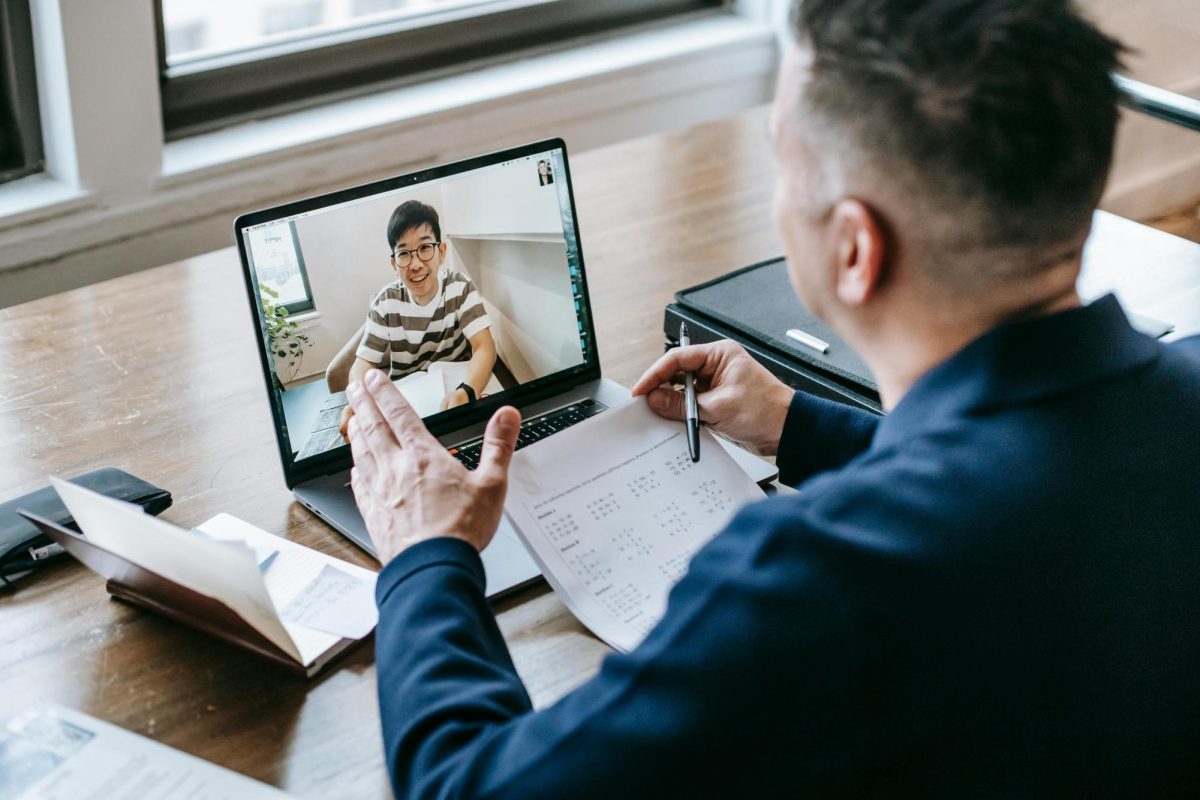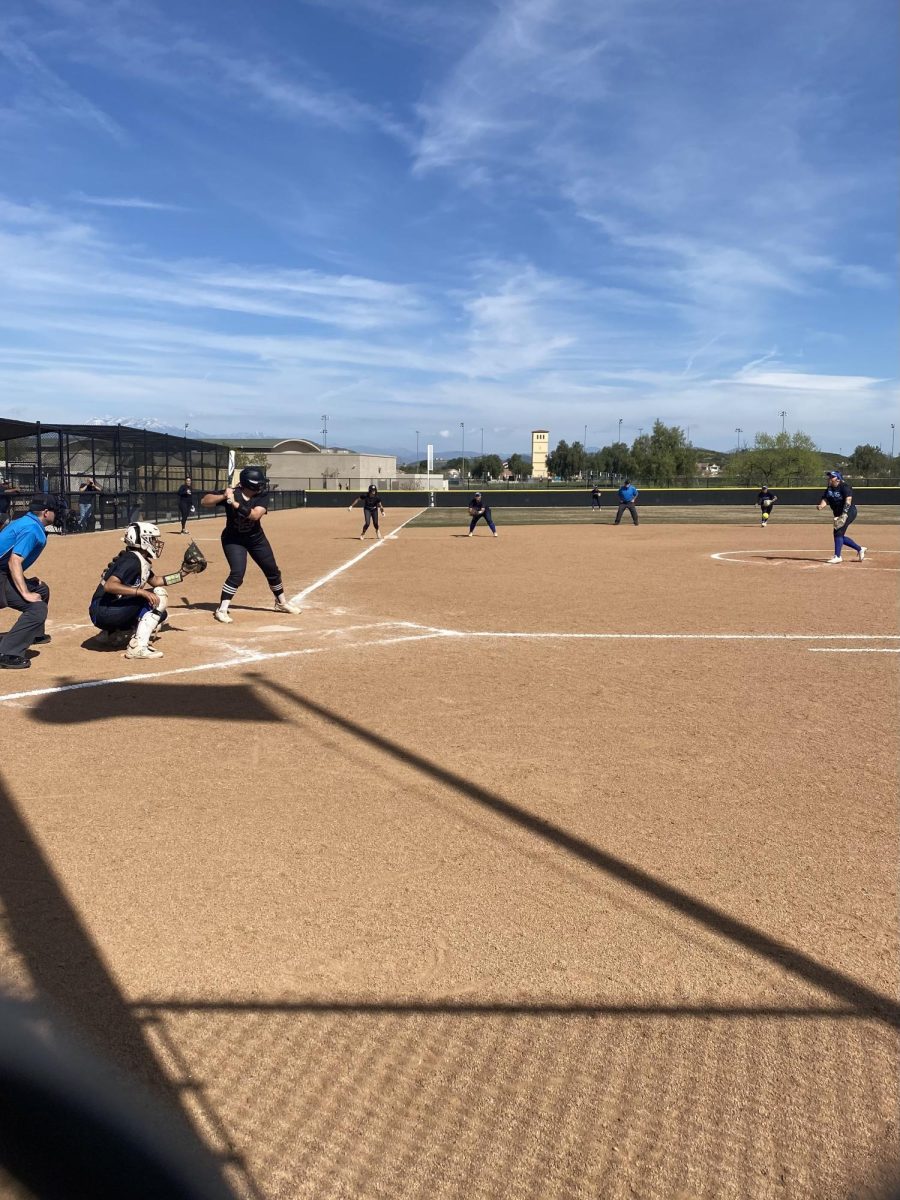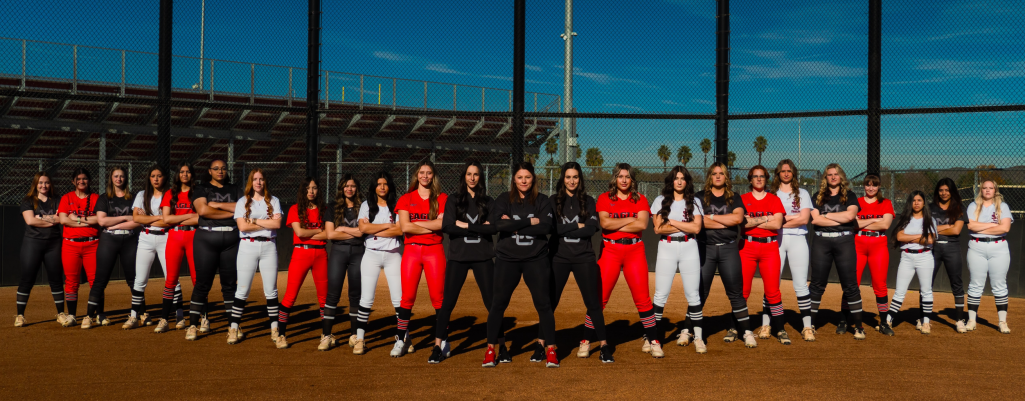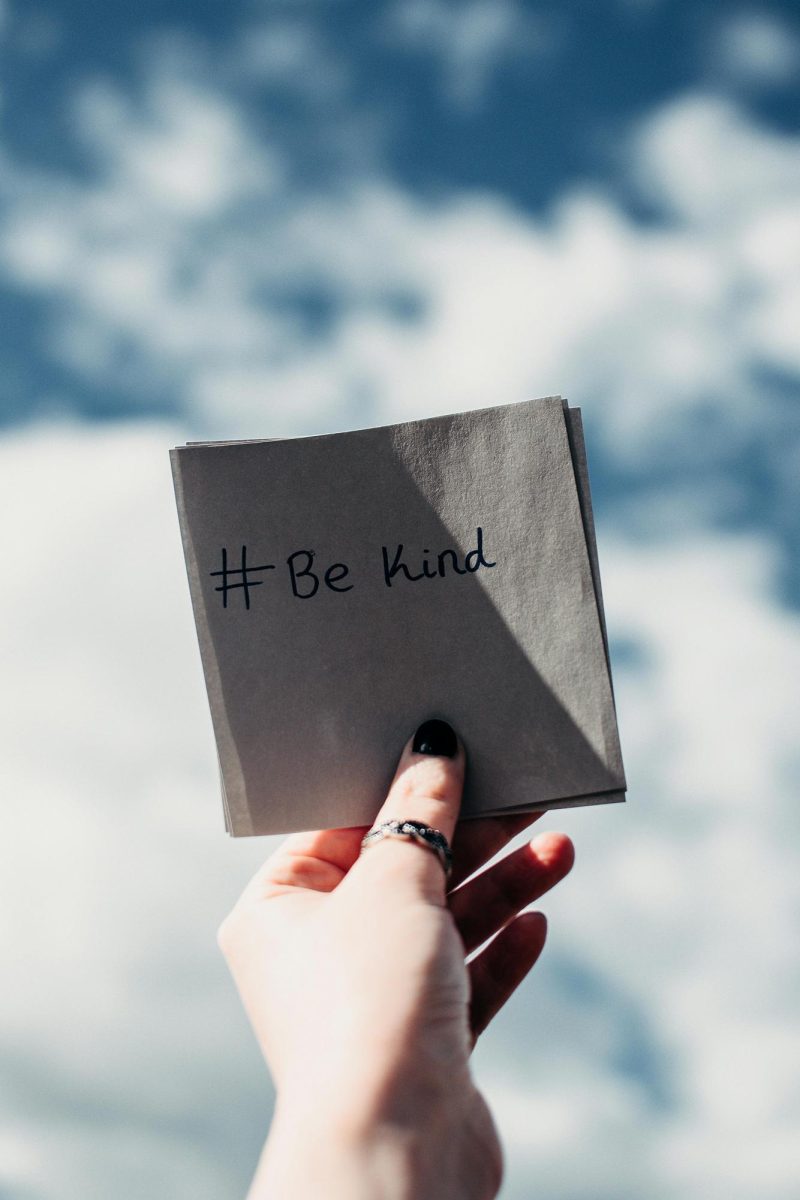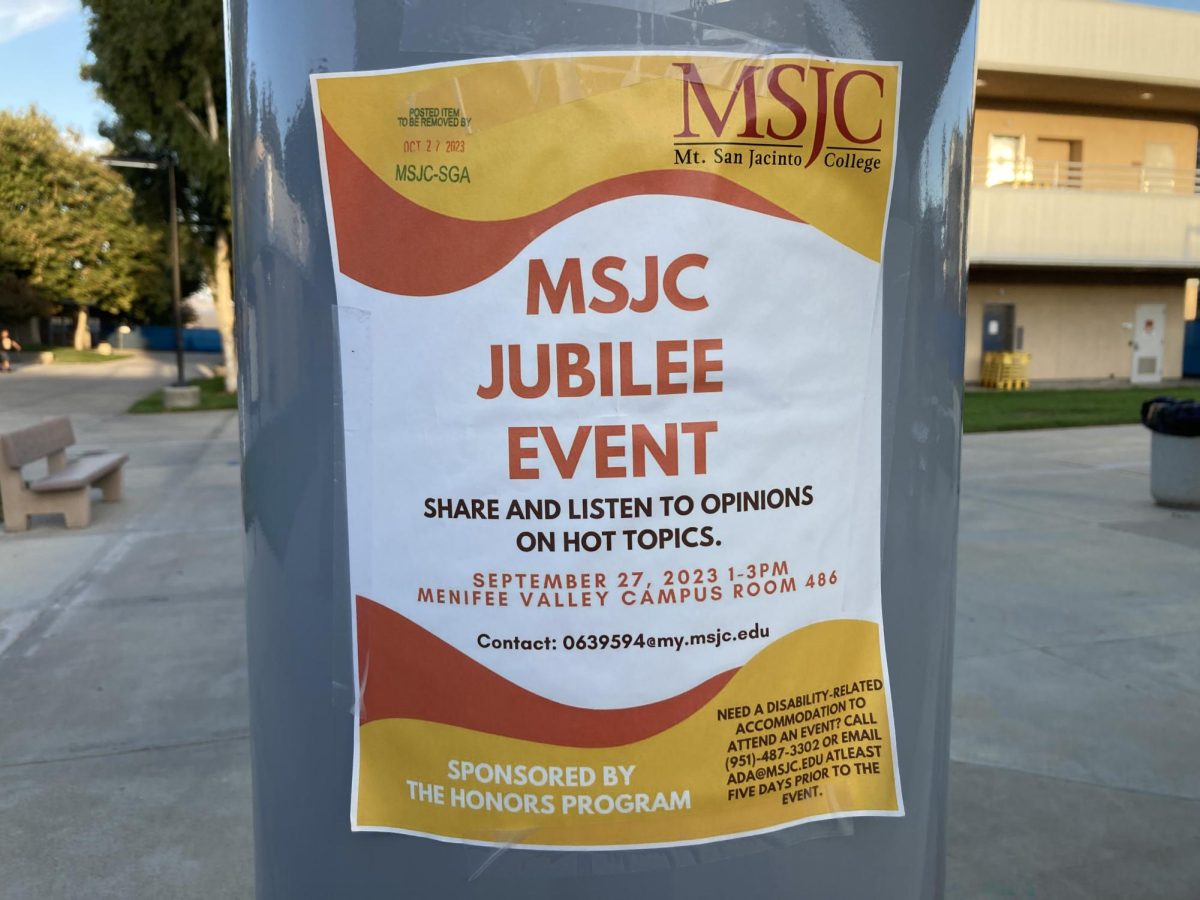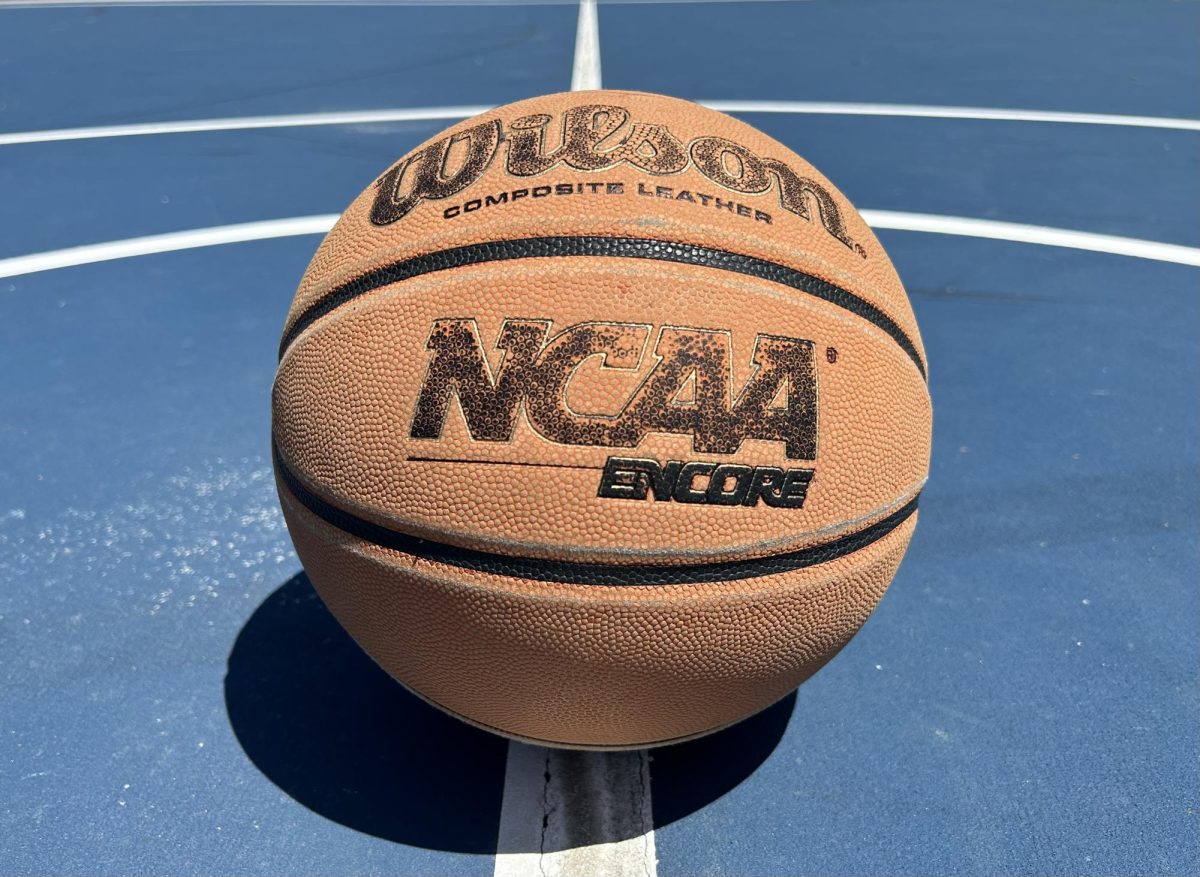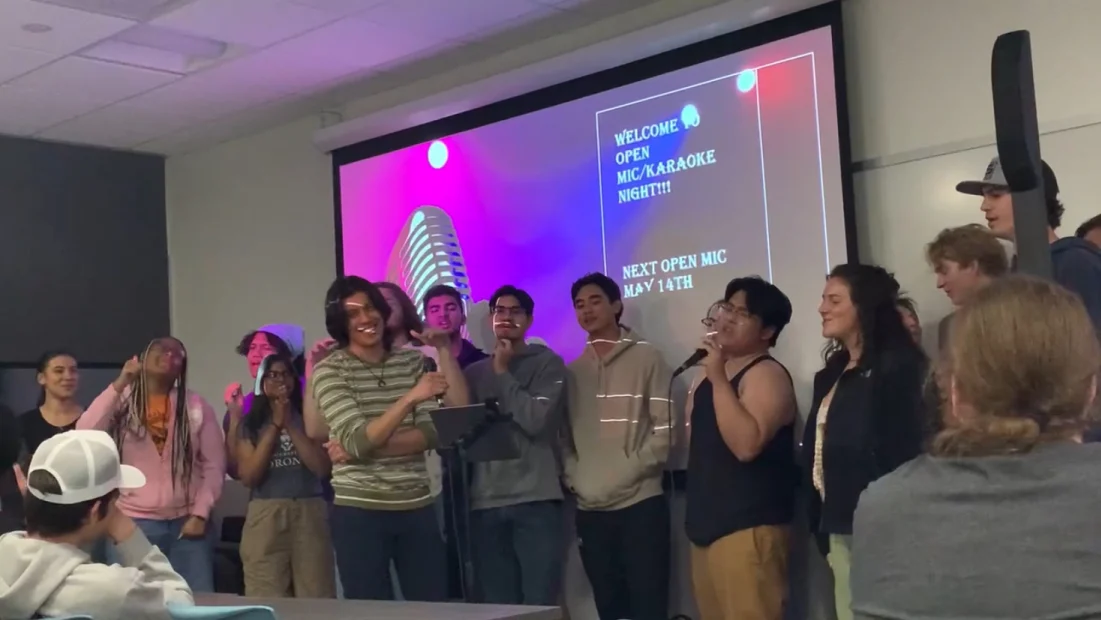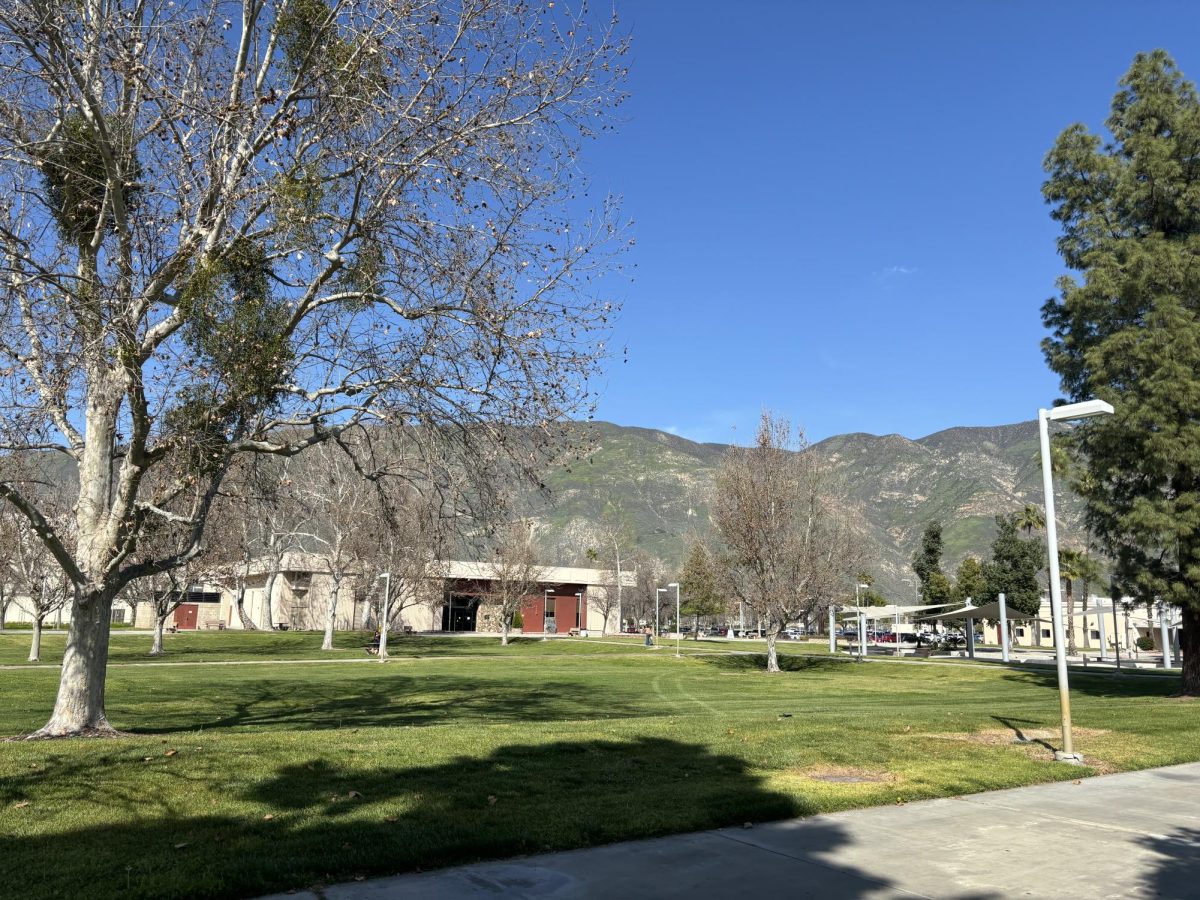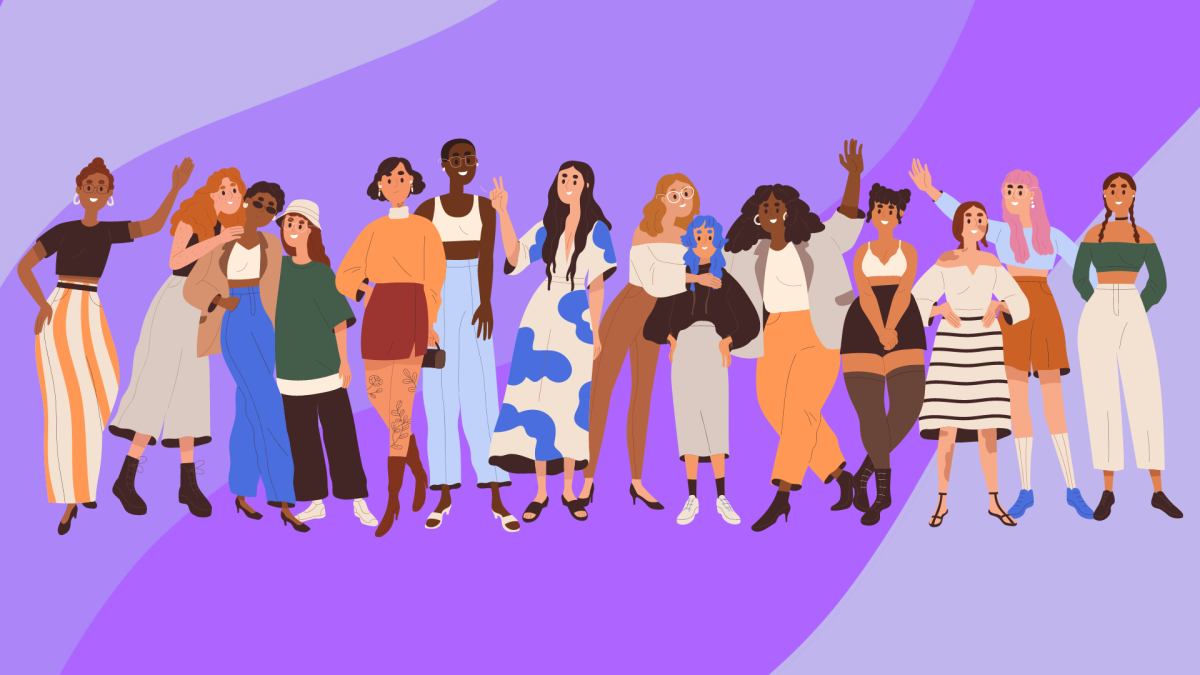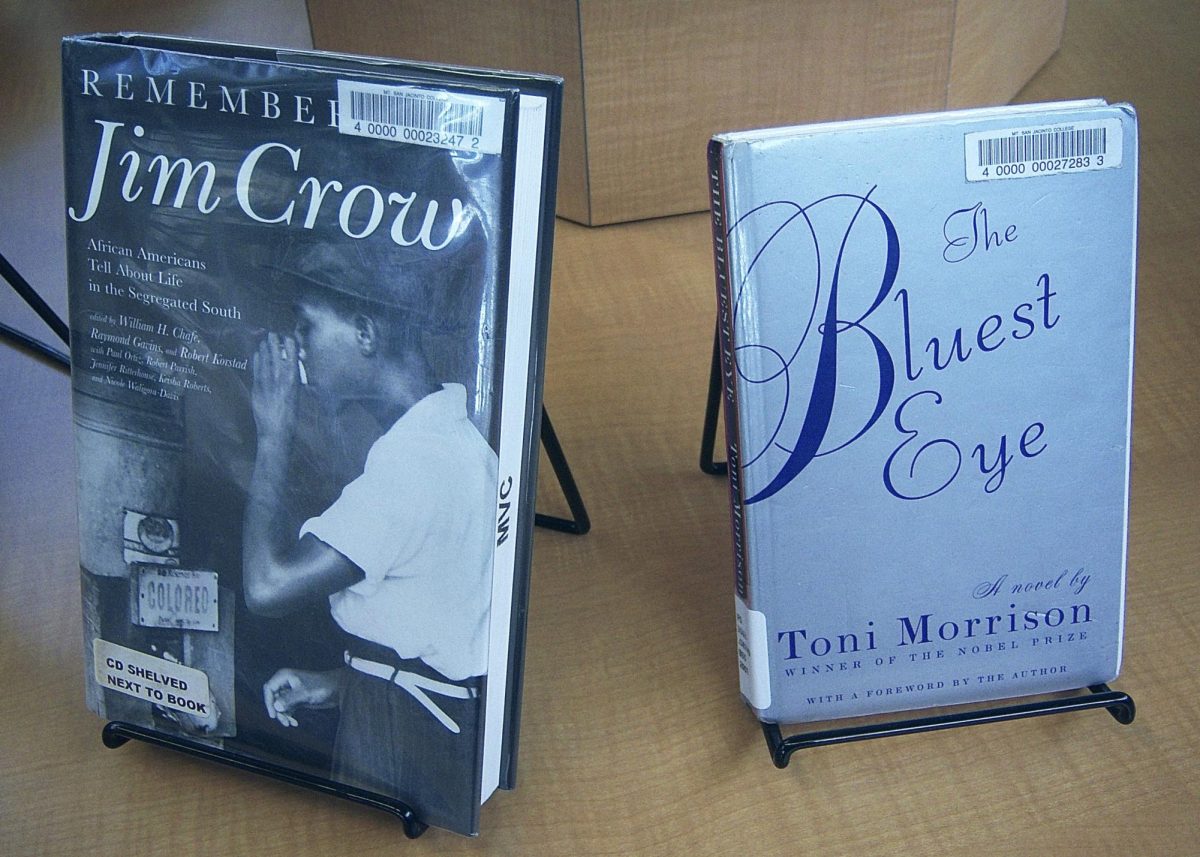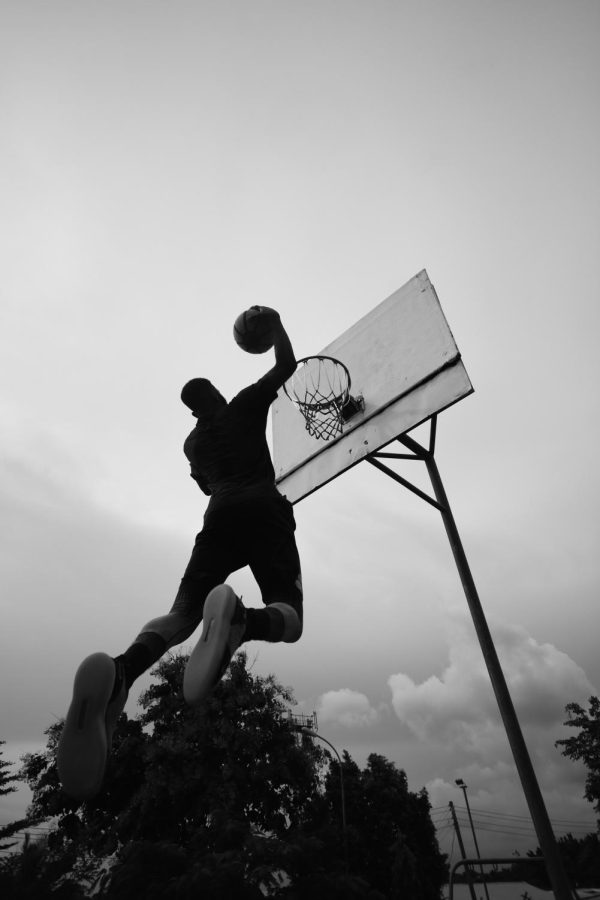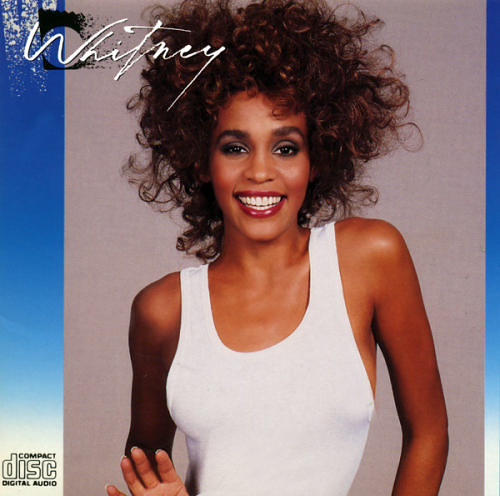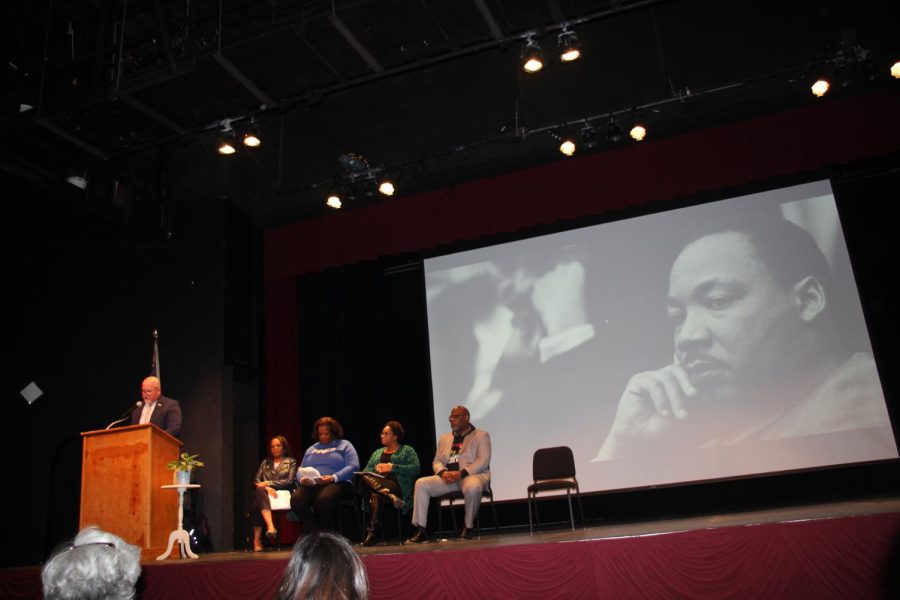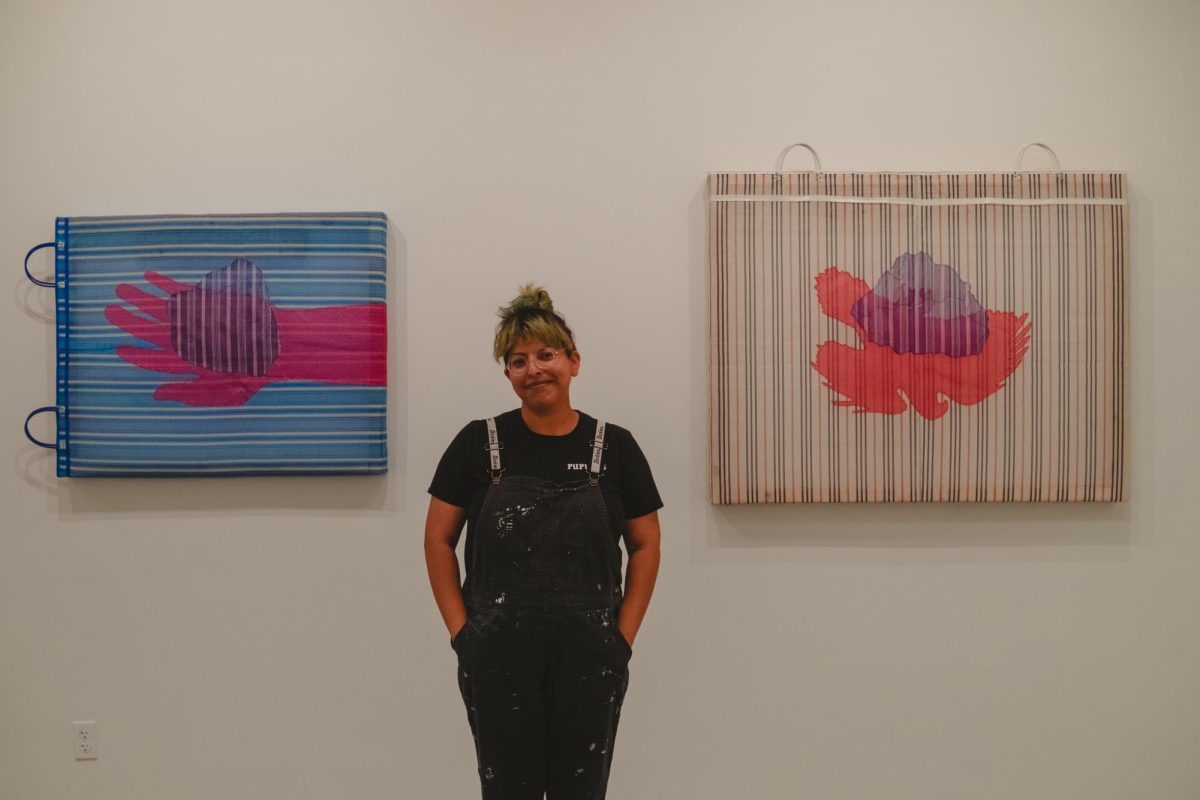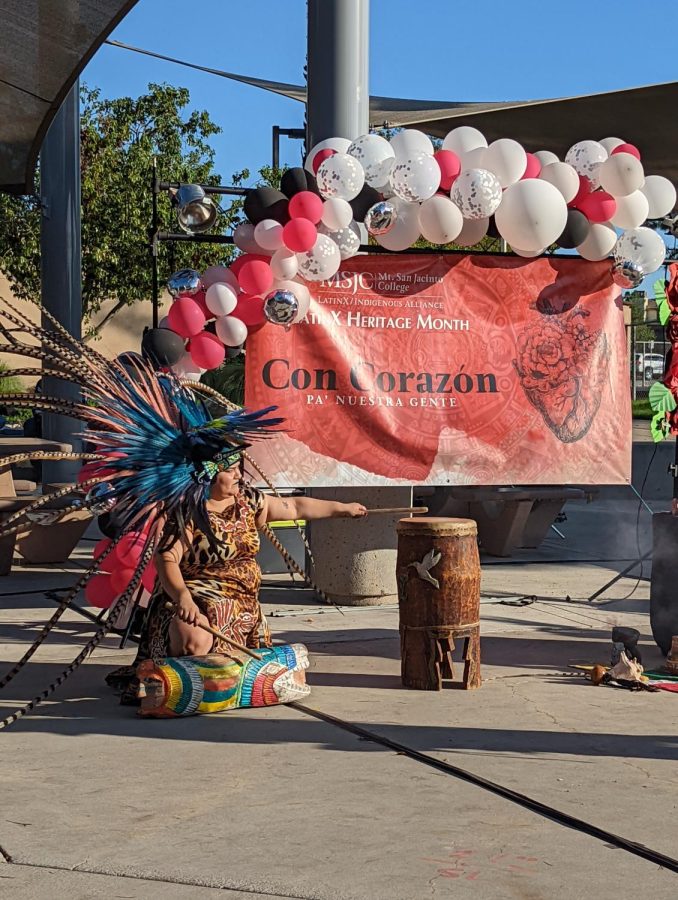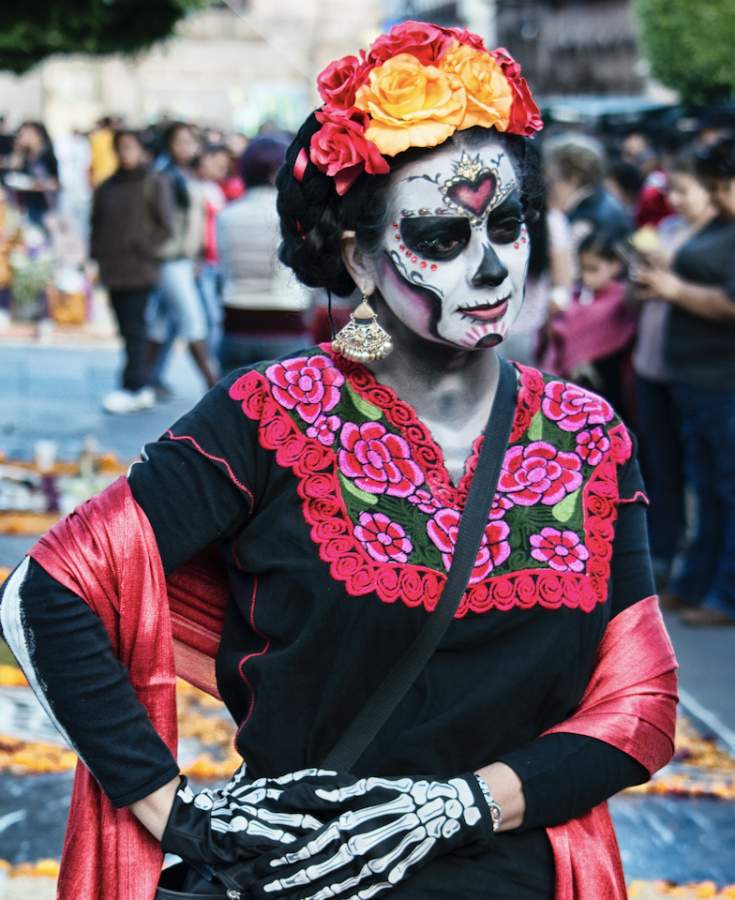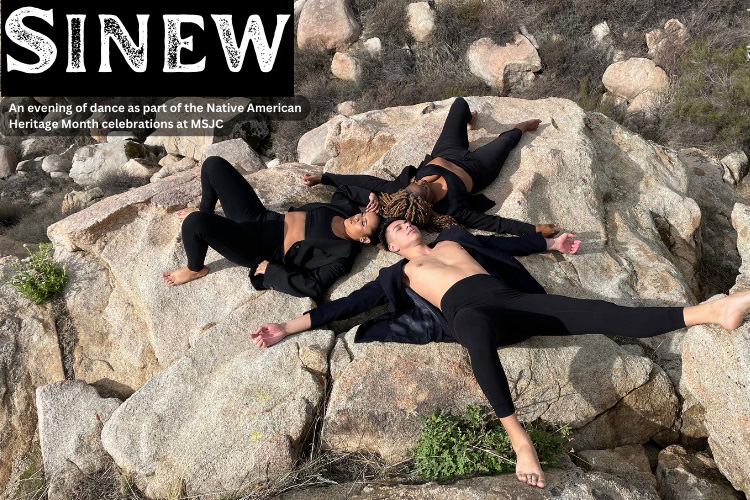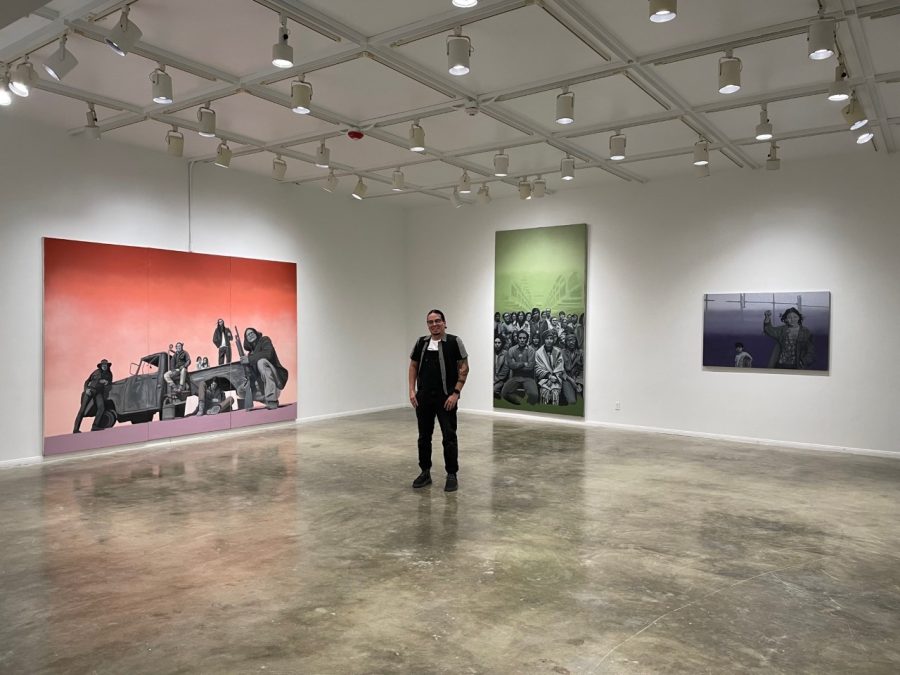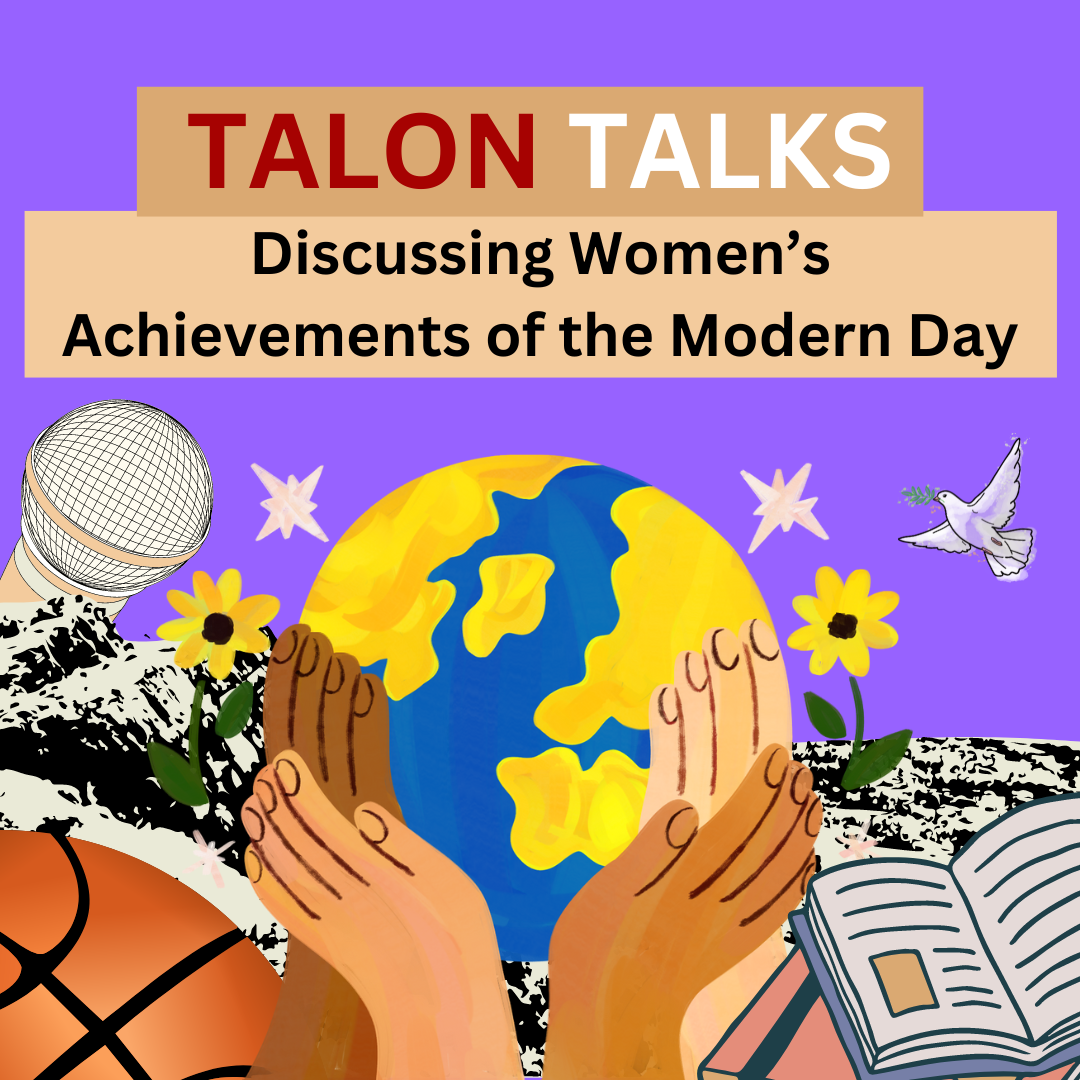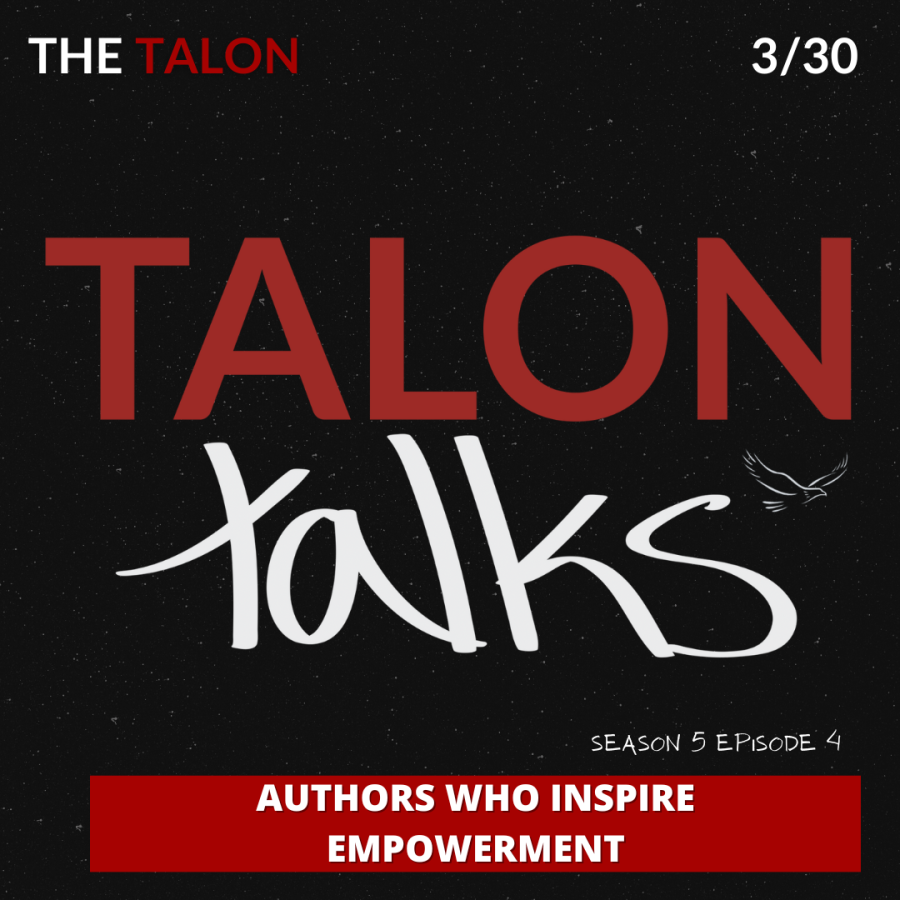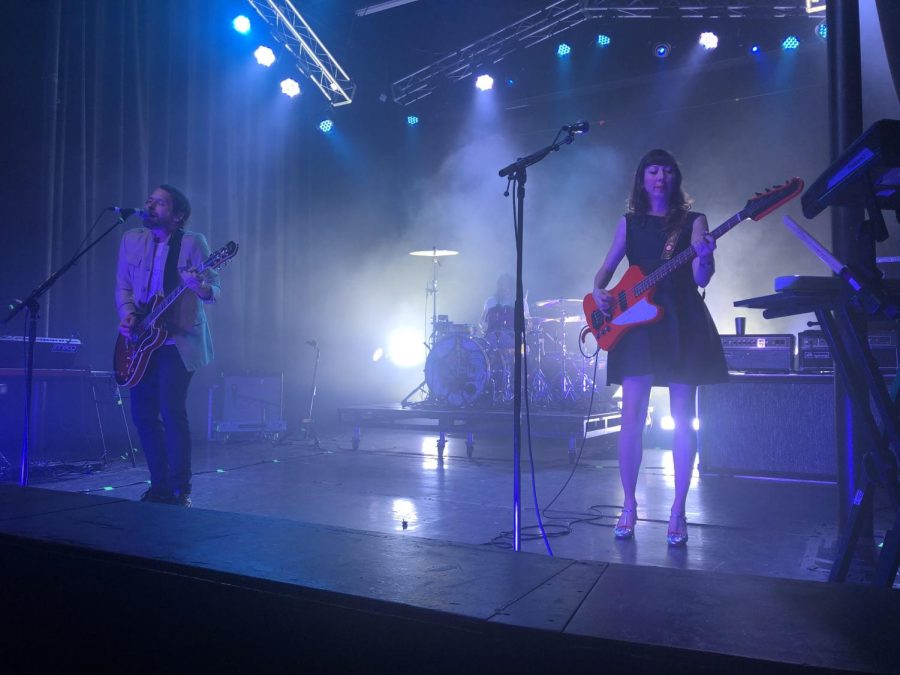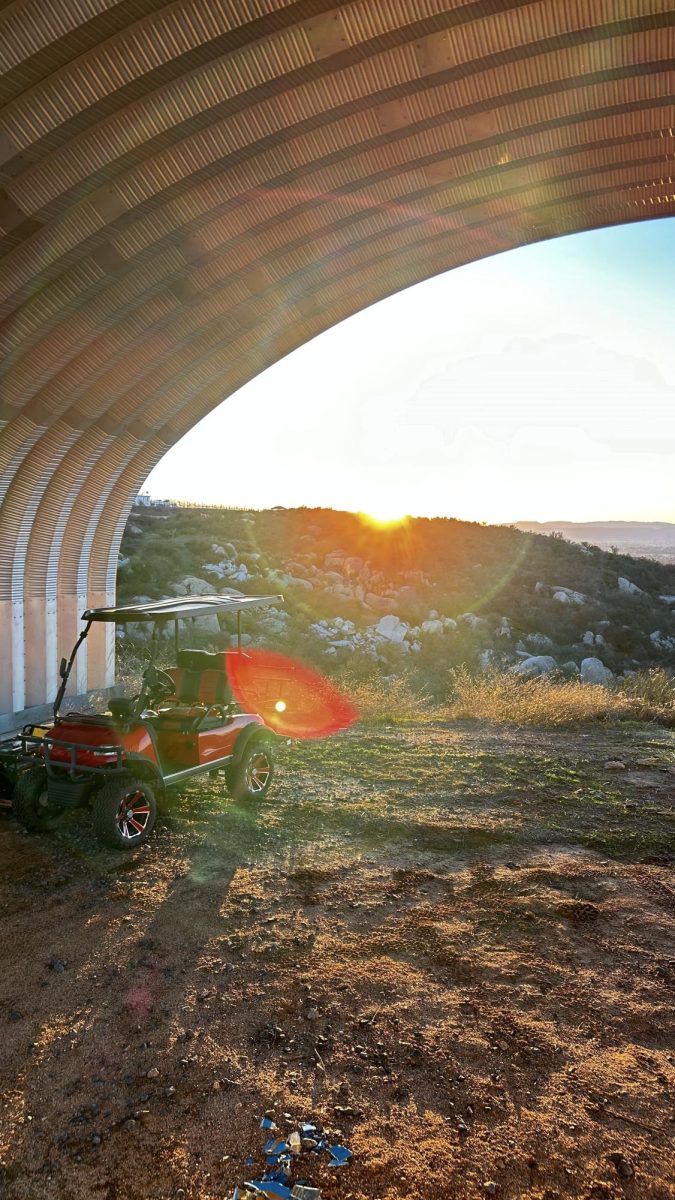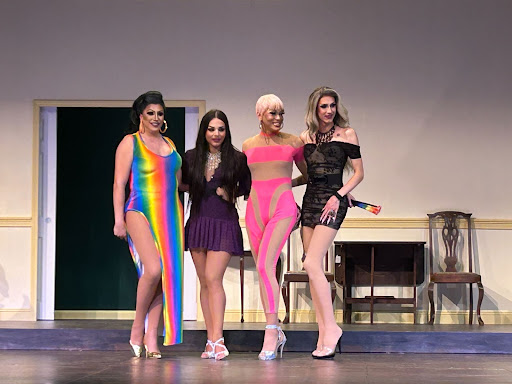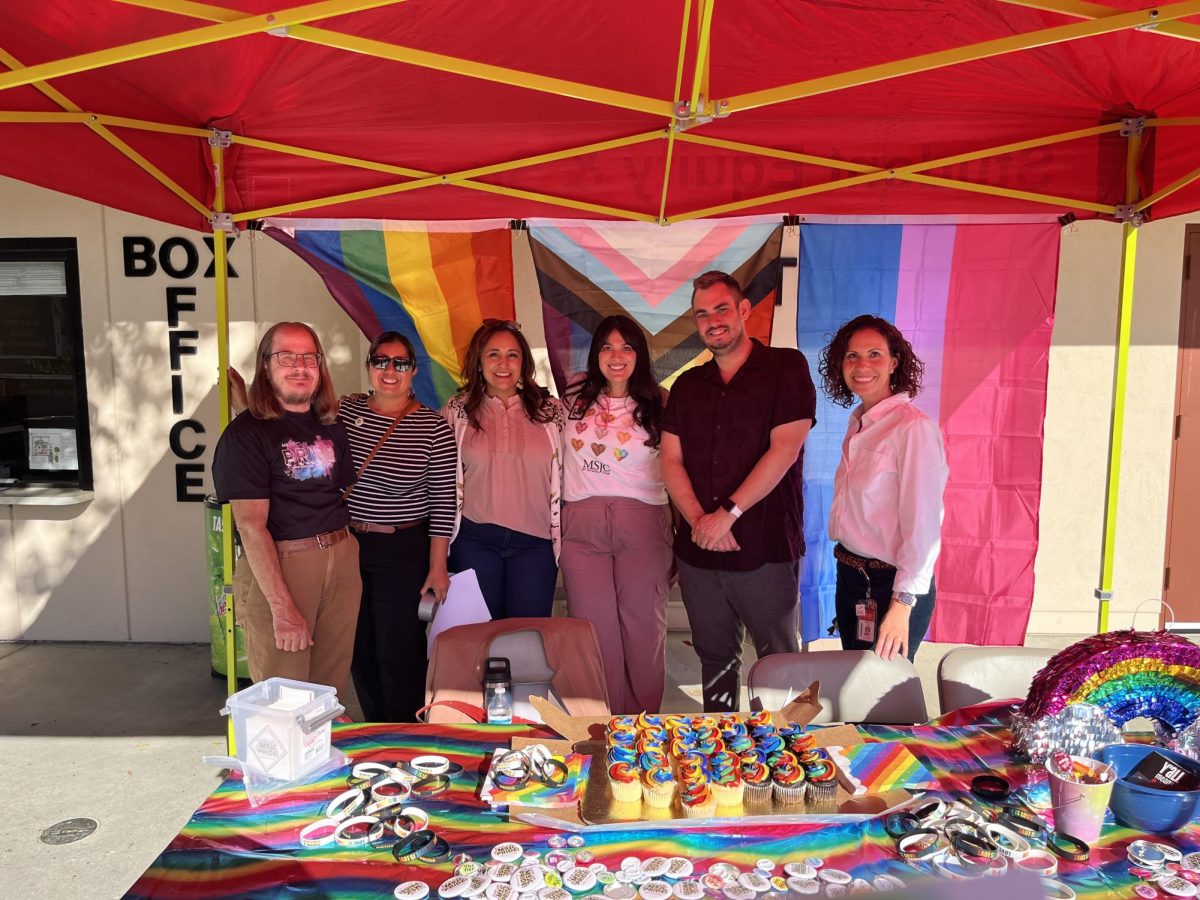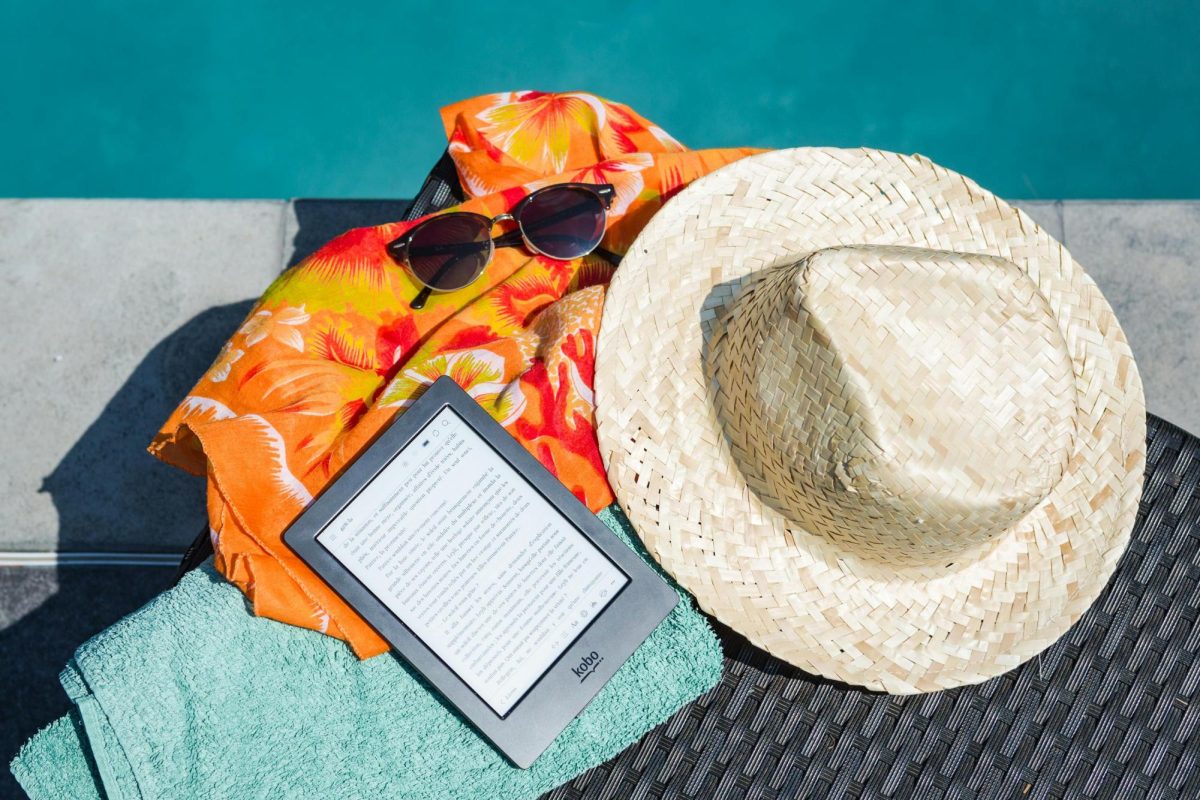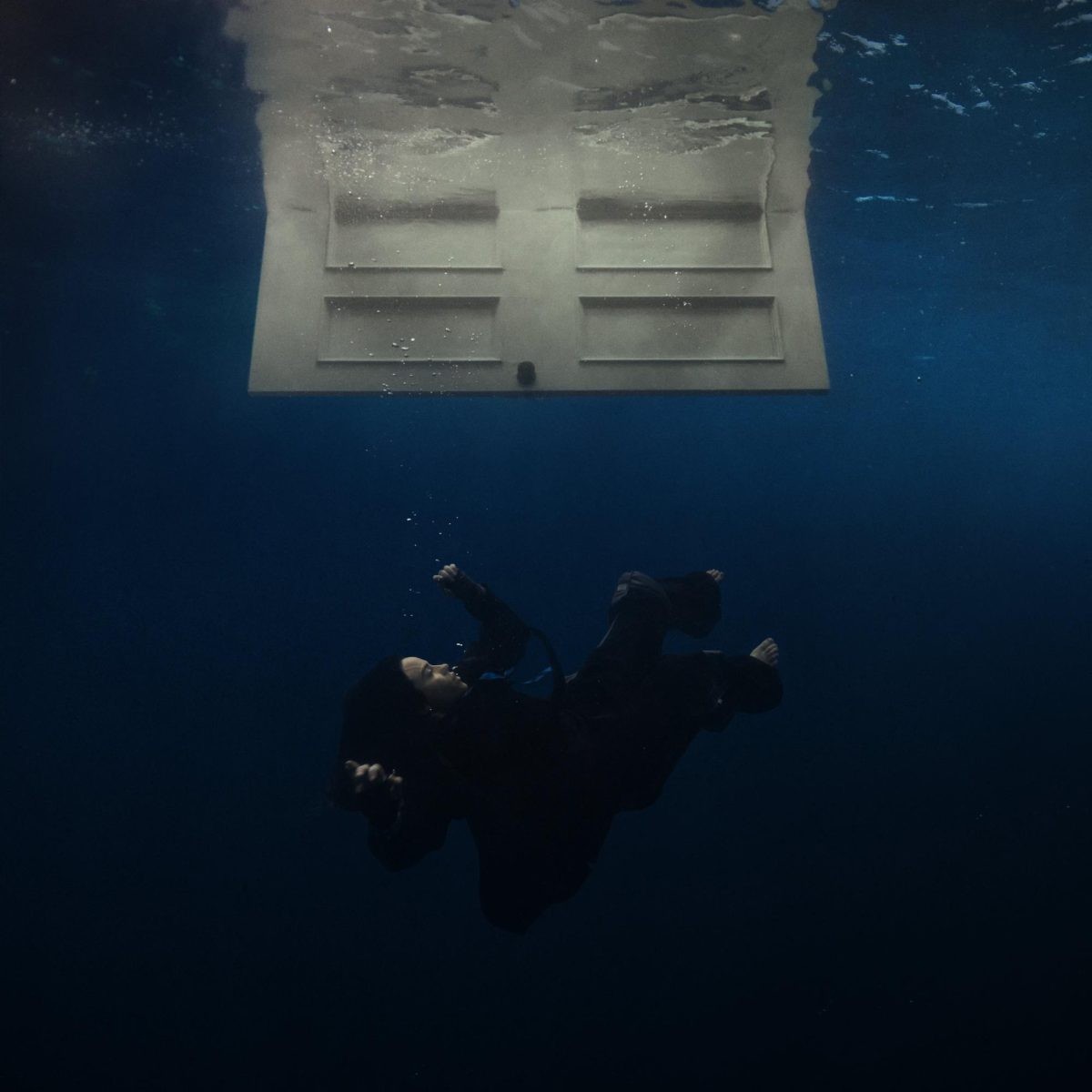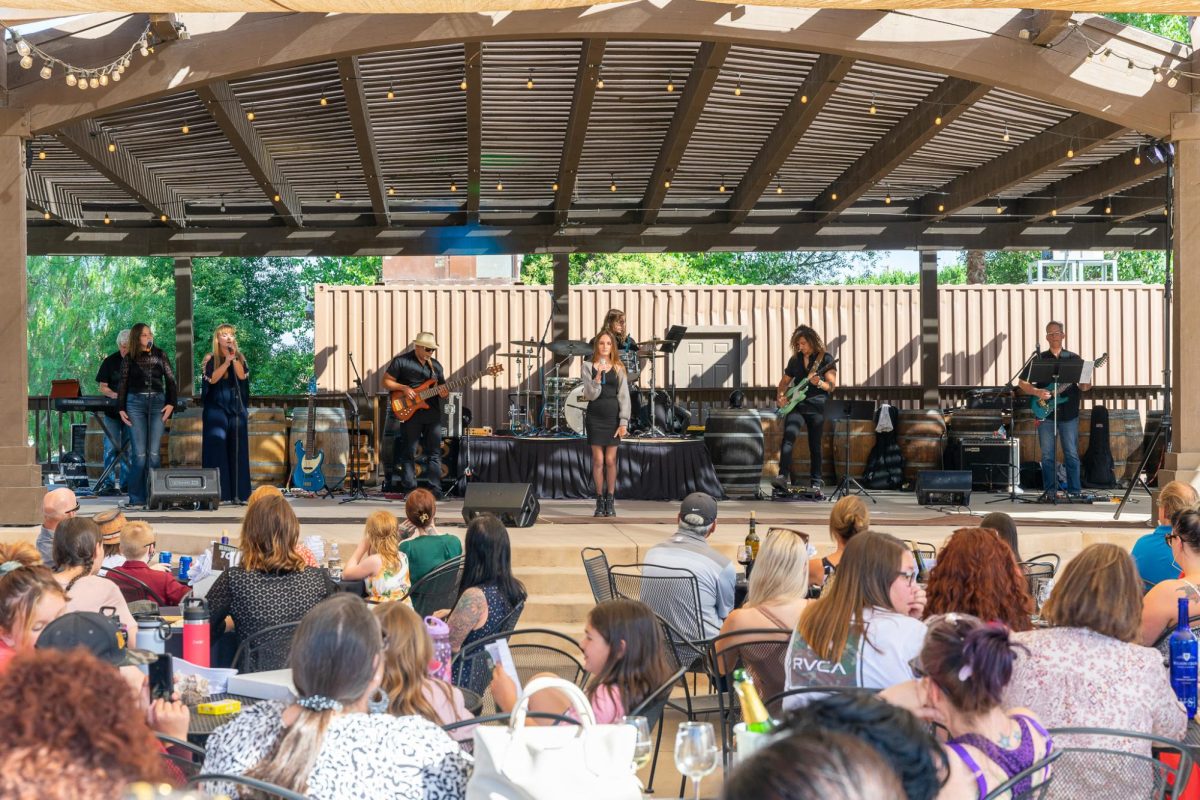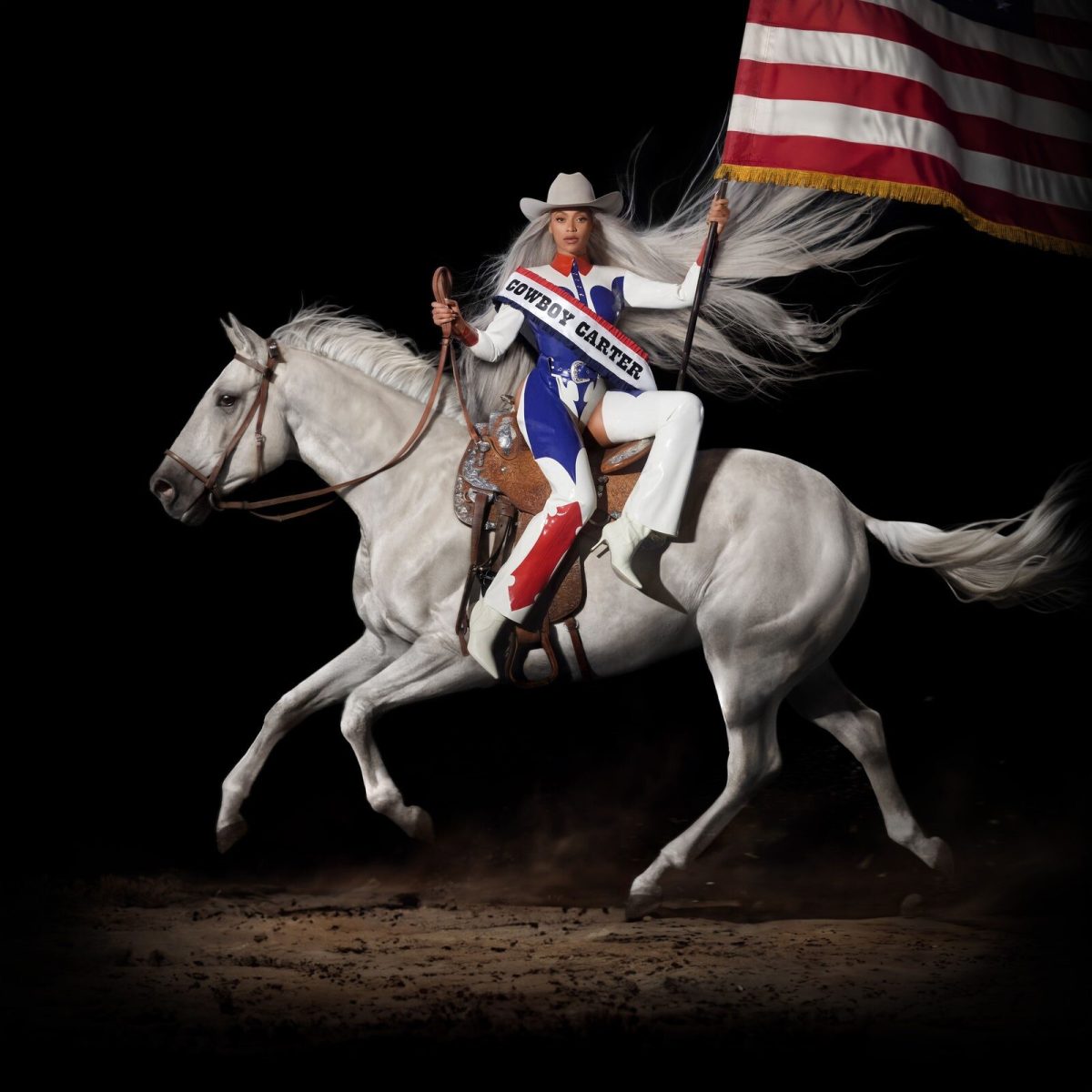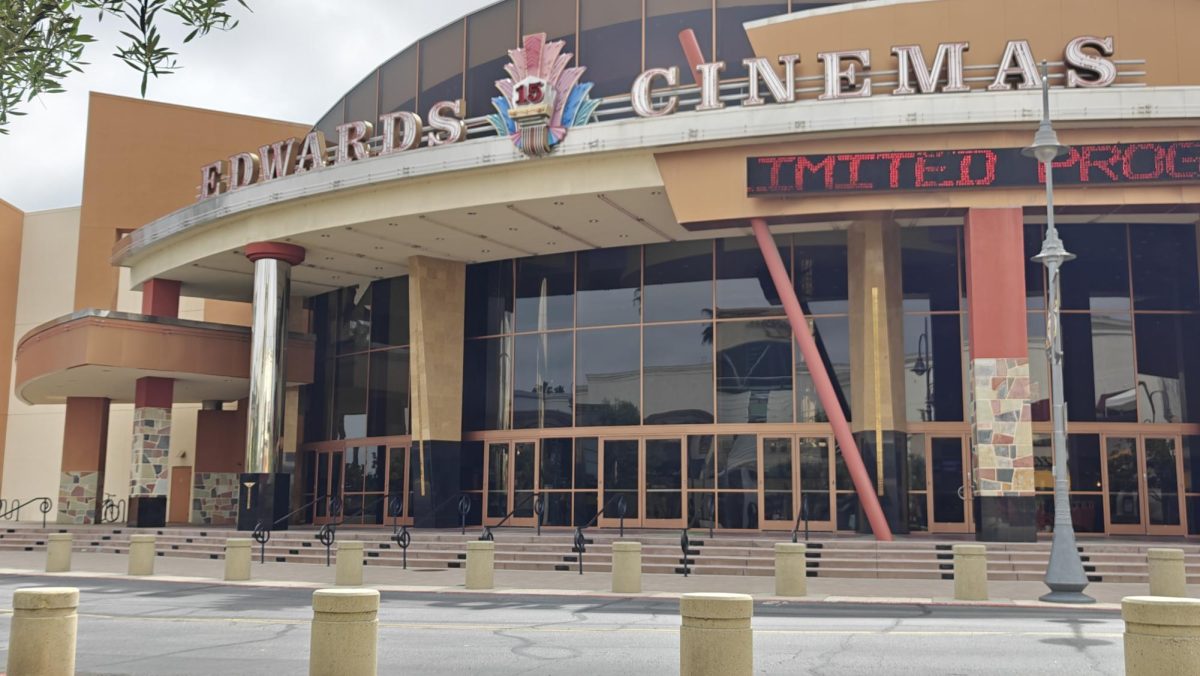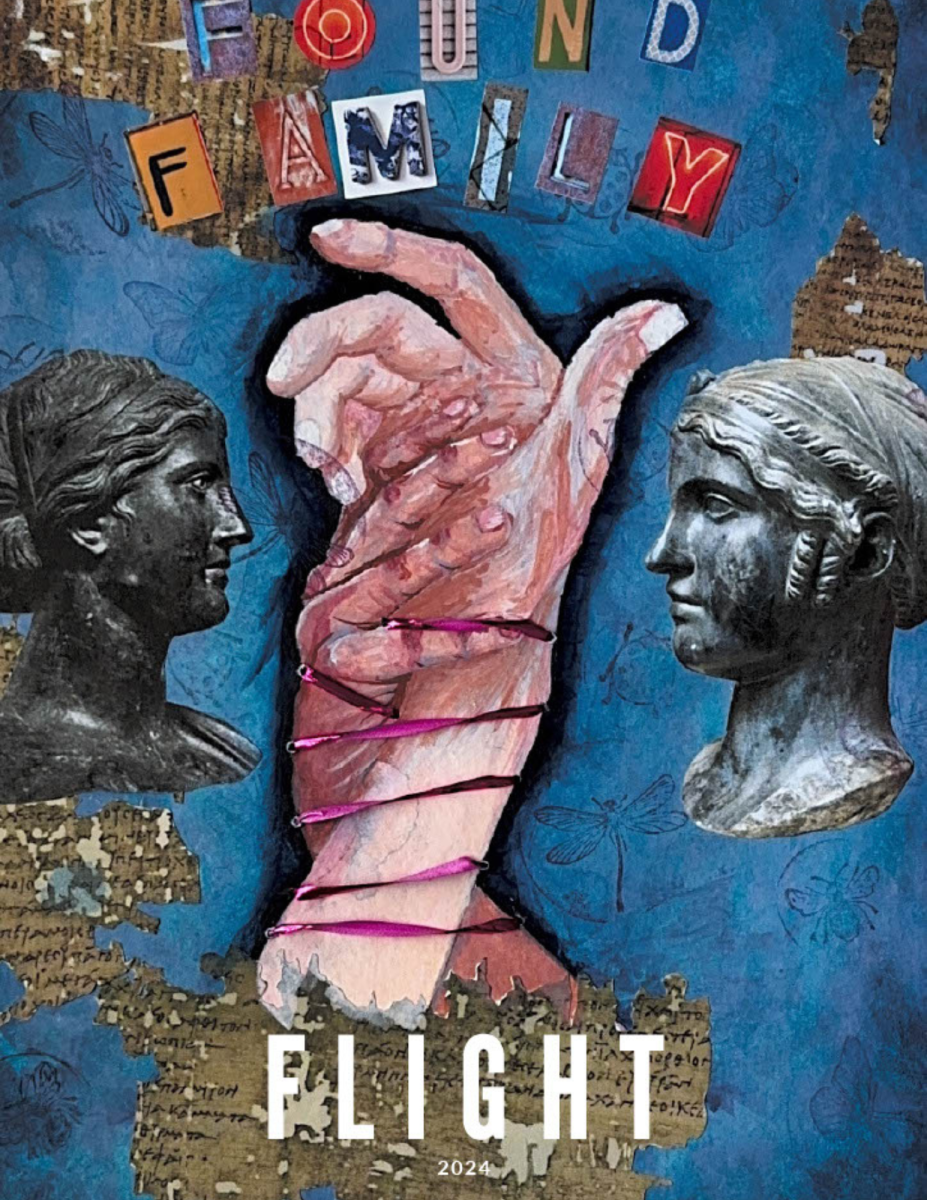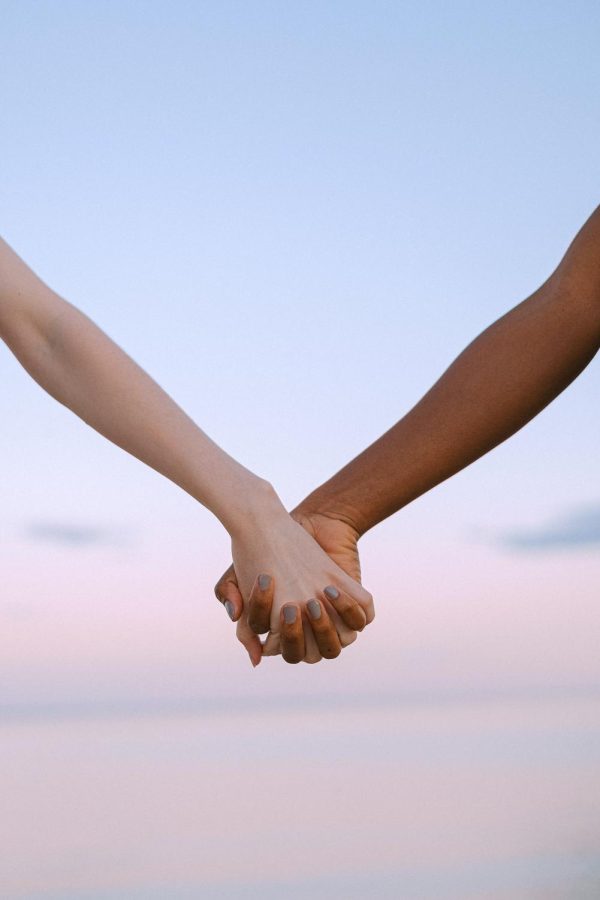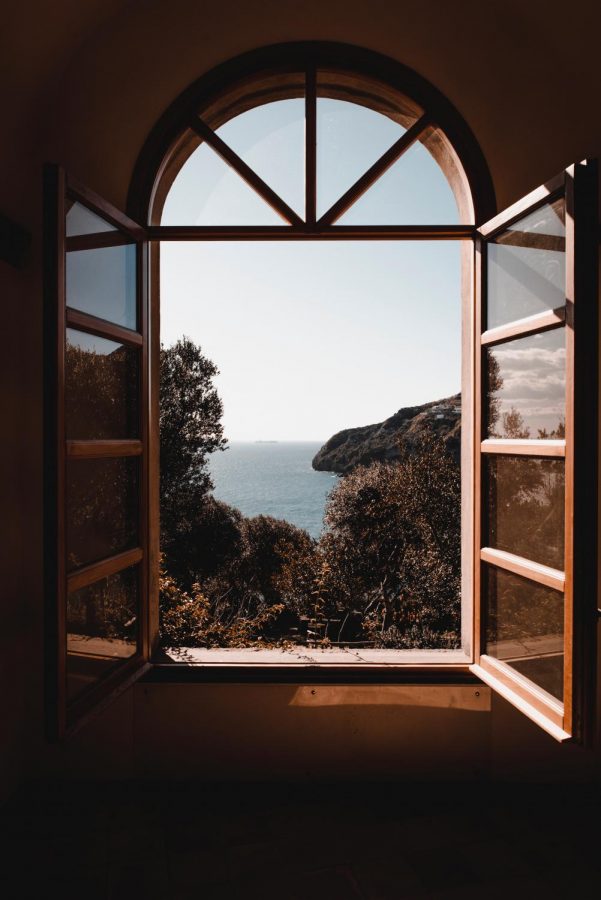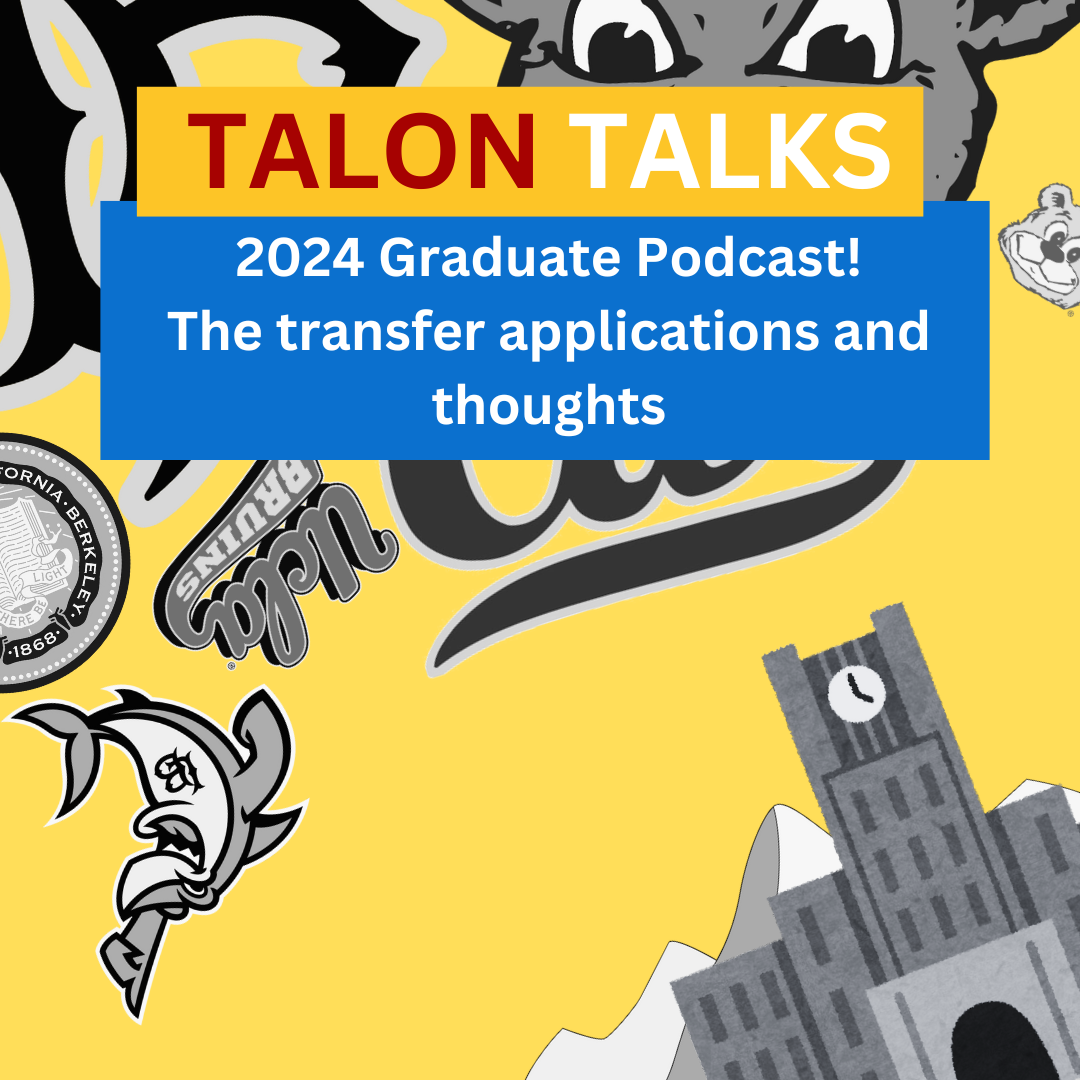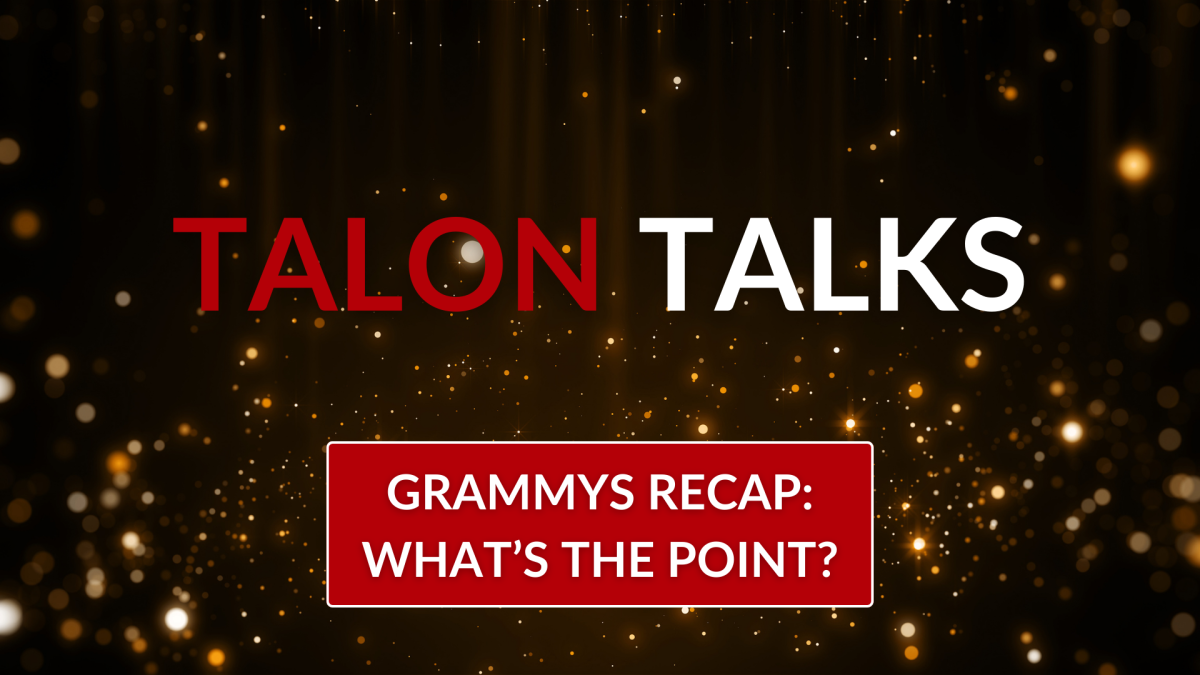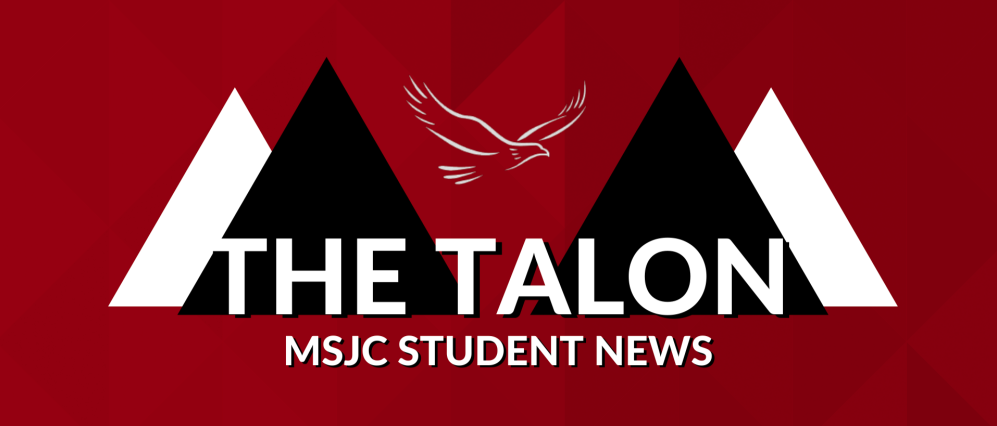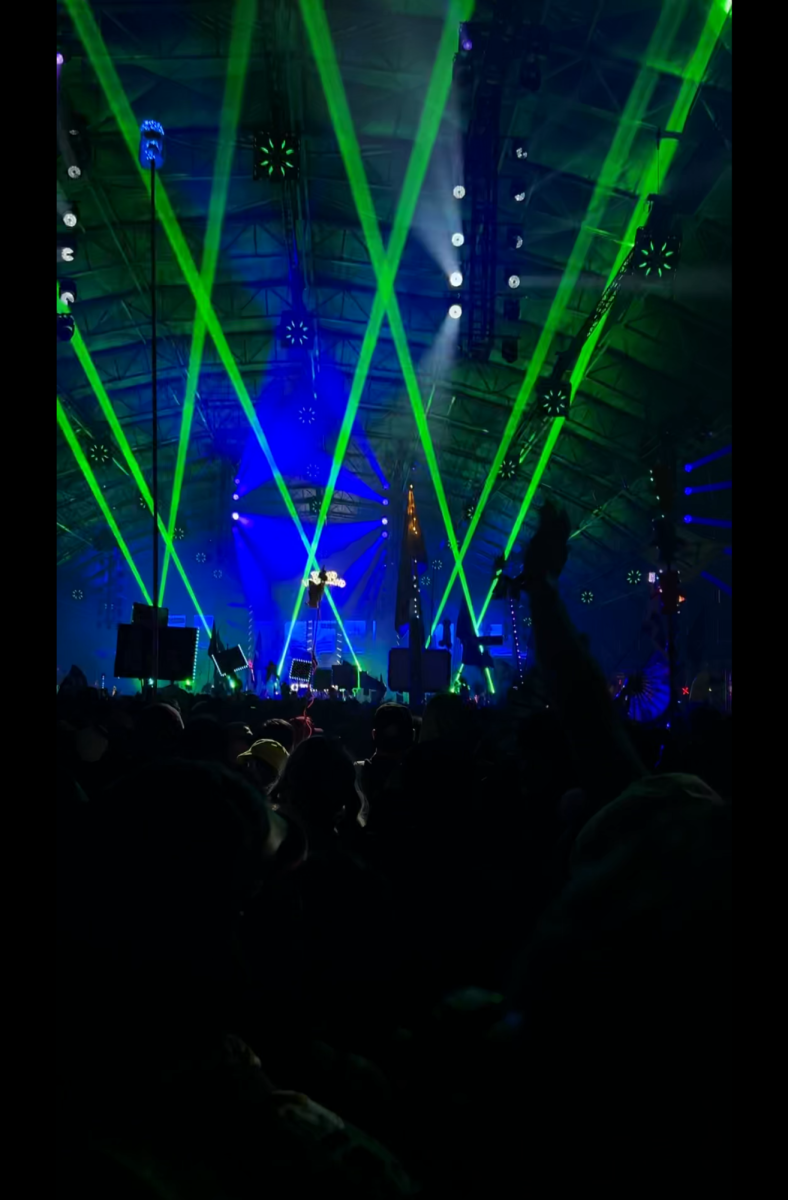
By Immanuel Ibon
The COVID-19 quarantine presents us with new life challenges every day, and we are re-learning how to navigate life during this pandemic. In the midst of balancing everyday challenges, the emphasis of physical fitness in our lives is changing.
Keeping ourselves healthy is a priority, and physical activity is a major pillar of our health, but for many, including myself, the task is easier said than done. What should the expectations be during times of unprecedented crisis?
At the beginning of Mt. San Jacinto Campus’s shutdown, I set out to do calisthenic exercises every day to make use of my newfound “free time.”
I started out strong, knocking back pushup after pushup and running regularly. I found some old weights in the garage and a yoga ball, and set out to recreate the gym experience at home.
As news rolled in and the extent of the quarantine’s impact and duration became apparent, I found my motivation dwindling. Like many, I struggled with adjusting to my new environment and found that meeting my fitness goals fell by the wayside.

Adding a brand-new routine during a time of change and high stress proved harder than I anticipated. After discussing my struggles with close friends, I soon realized that my experience was not unique.
The phenomenon is being called “The Quarantine 15.” People are worrying about weight gain and the role of fitness in their new everyday lives.
Across the nation, people have responded in different ways. Many gym goers used memes to decry their loss in muscle with tongue-in-cheek reversals of their before and after pictures. Instagram stories were filled with fitness challenges and home workouts. Content creators and social media influencers began pumping out home workouts and home gym suggestions in order to catch this new wave of interest.
But the attitudes are shifting and the jokes are souring. People are realizing that this quarantine is going to have real ramifications on our health that are disproportionately felt by those with less access to resources. People are feeling the heat of unemployment, isolation, and uncertainty, and adding body image issues on top of that can be harmful.
The reality of our situation is settling in and it supersedes the expectation to maintain six-packs, low body fat percentages and hyper-toned physiques. The call to action is changing.
Physical exercise is an accessory to overall health and well-being. Fitness during quarantine should be less about “being fit” and more about being mindful of the toll that inactivity can have on our bodies.
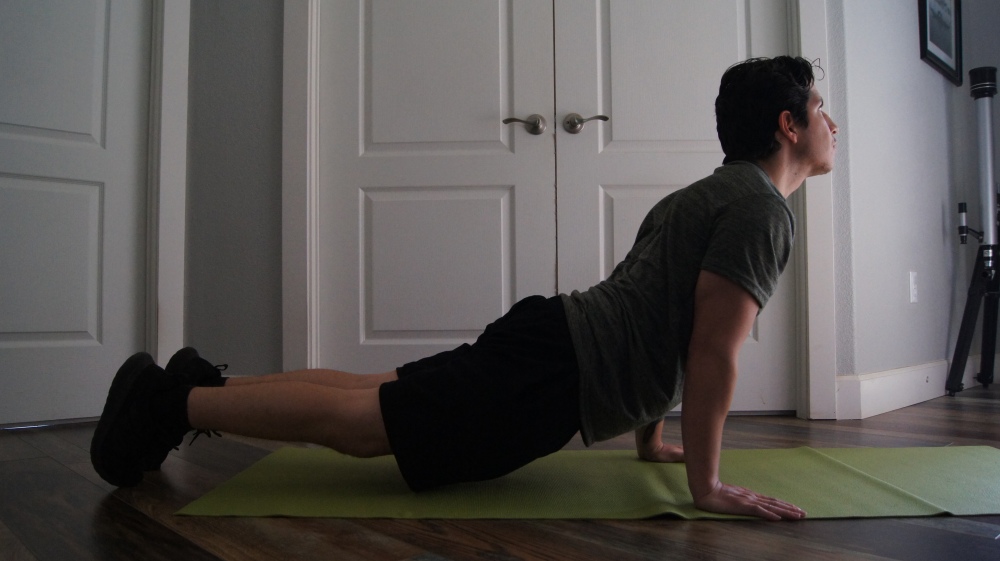
The U.S. Department of Health & Human Services attributes physical activity with potential for stress relief, improved sleep, and lowering your risk for a myriad of health conditions including: high blood pressure, high blood cholesterol, type 2 diabetes, and heart disease – conditions potentially exasperated by our stressful climate.
The Physical Activity Guidelines for Americans, 2nd edition is a great resource provided by the HSS. The guide is informative, robust, and comprehensive and includes relevant material for all different age groups. It tackles the challenges of fitness objectively making it a great place to start for beginners and provides a good review for seasoned trainers.
The publication is dense, but it is well organized and easy to read. There are plenty of helpful tips and guidelines following the mantra that “some activity is better than no activity”, a welcome sentiment during these times.
Here are some tips that I found incredibly helpful in shaping my home fitness practices based on the guide. The goal is to have a flexible fitness mindset that can fit into any schedule that prioritizes health benefits.
- 20 – 40 minutes a day of moderate-intensity exercise (walking briskly, general yard work) can lead to substantial health benefits.
- 1 minute of vigorous-intensity exercise (jogging or running, jumping rope, heavy yard work) is generally equally to 2 minutes of moderate-intensity exercise.
- Talk Test: Moderate-intensity activities will allow you to talk but not sing. Vigorous-intensity activities will not allow you to talk without pausing for breaths.
- The health benefits of physical activity are generally independent of body weight and can be experienced by all who participate.
- Any amount of exercise has benefits.
- Research any exercise you are unfamiliar to lower your risk for injury.
- Be safe! Listen to your body and take breaks if necessary.
- Turn on your favorite music or get the family involved. Exercise should be enjoyable and fun!

